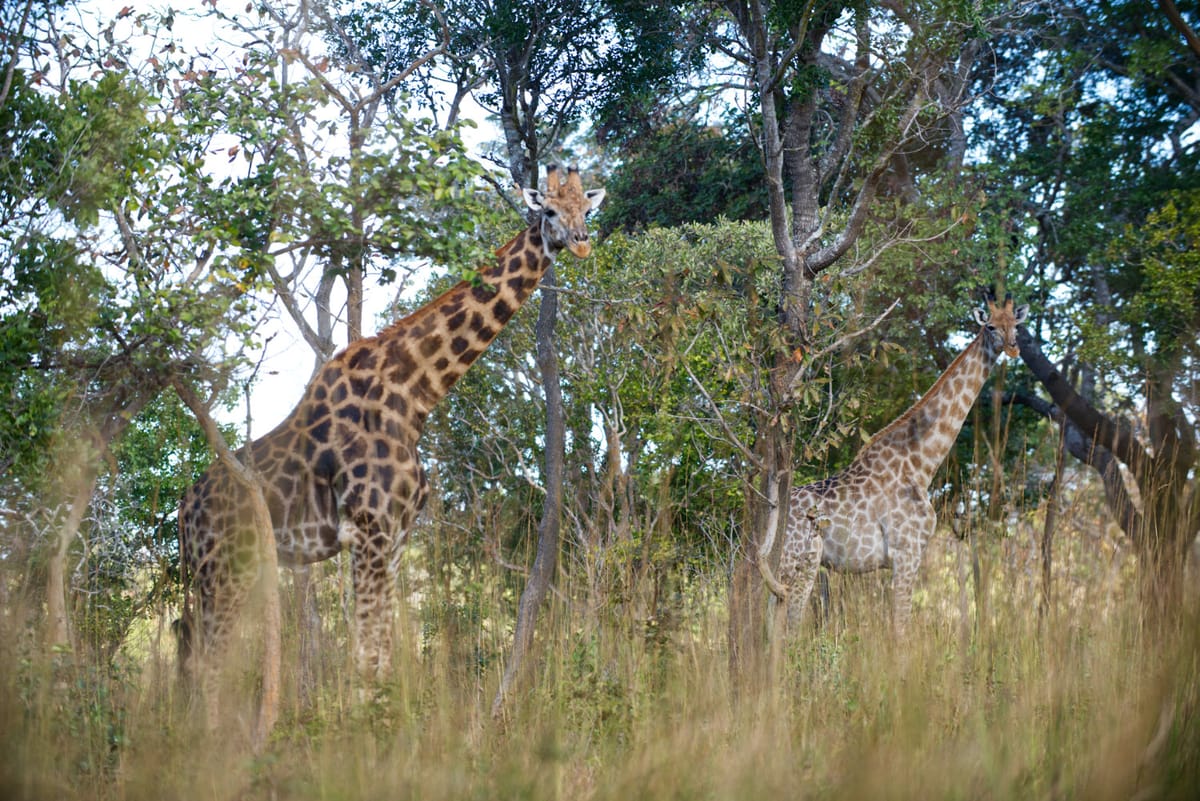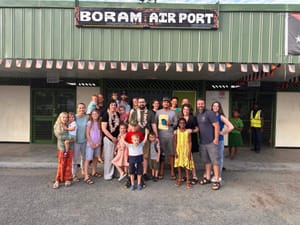In April our family left for Zambia, Africa. Admittedly I had to do some research on where that was. It's on the continent of Africa (Africa isn't a country, by the way), south of the equator, favoring the eastern side.
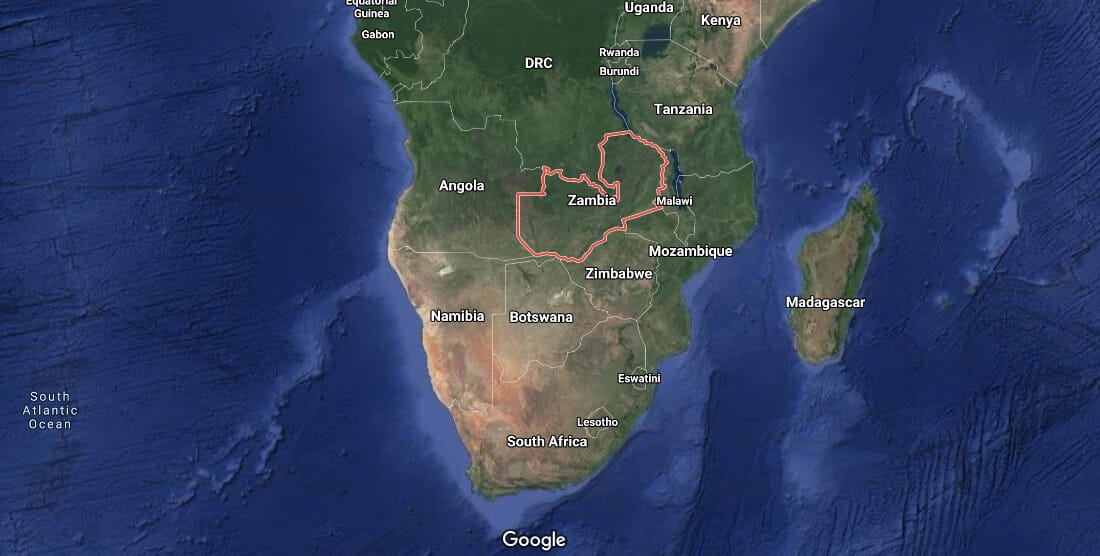
English is the official language of Zambia but in reality it has four or five popular national languages. It's landlocked and most of the country features a subtropical climate, meaning it borders the tropics but isn't quite into the whole jungle thing. On very rare occasions Zambia may experience frost. Since Zambia is on the southern side of the equator their seasons are reversed. We left Ohio in the spring and arrived in Zambia in the fall! It's true, although their seasons don't look the same. From November to March it is warm and rainy and from April to October it is dry and hot. We were there at the end of April and into May. We saw it rain once while we were there. Another interesting note: Since we're on the southern side of the equator, the toilets (and any other whirlpools you may encounter) swirl in the opposite direction than they do north of the equator. My fellow traveler, Bryan Martin, told me after we came back that he had confirmed this phenomenon through extensive research while we were in Zambia. I'm ashamed to admit that I used the toilet countless times while I was there and never had the presence of mind to do my own research. We'll have to trust Bryan's testimony is accurate.
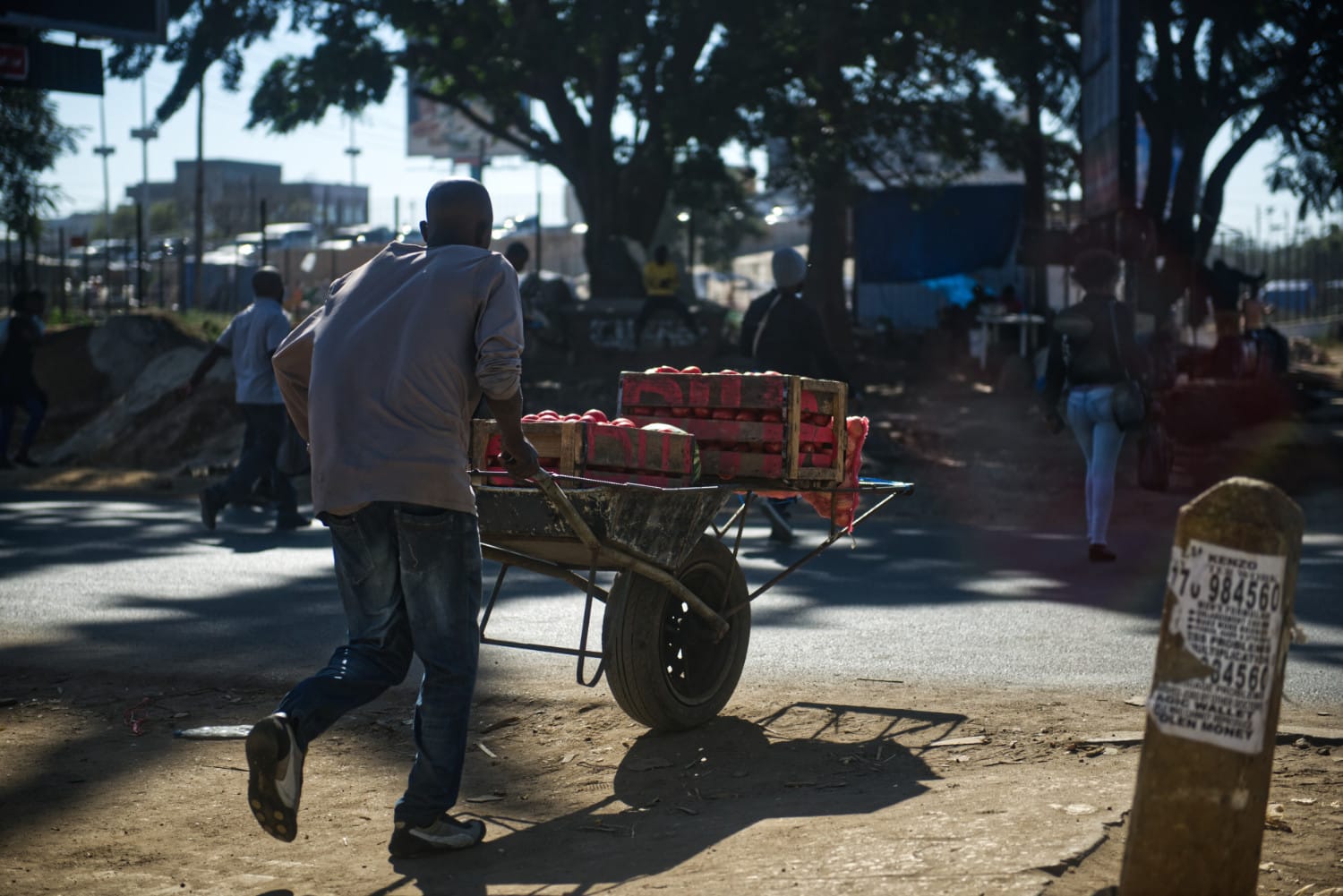
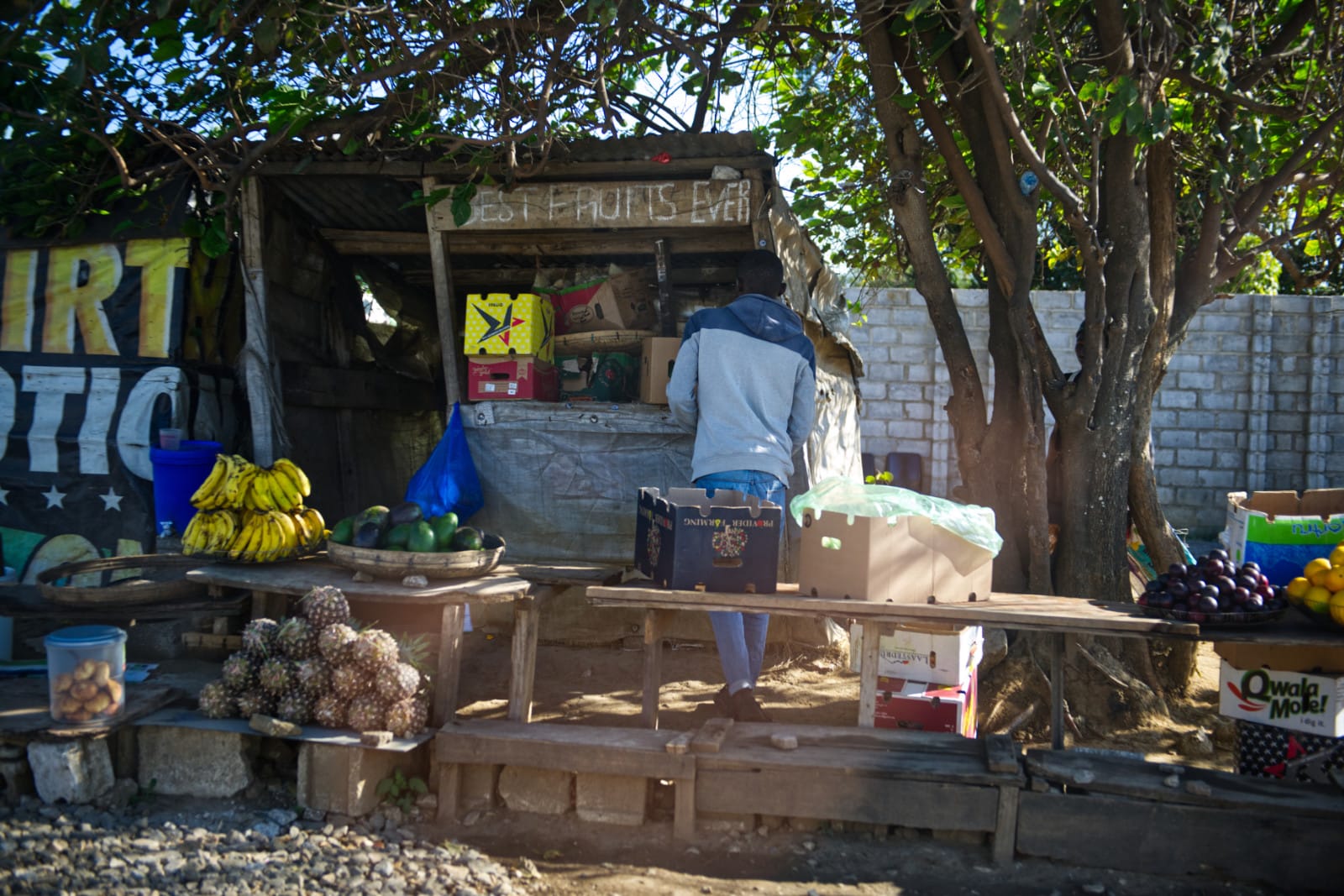
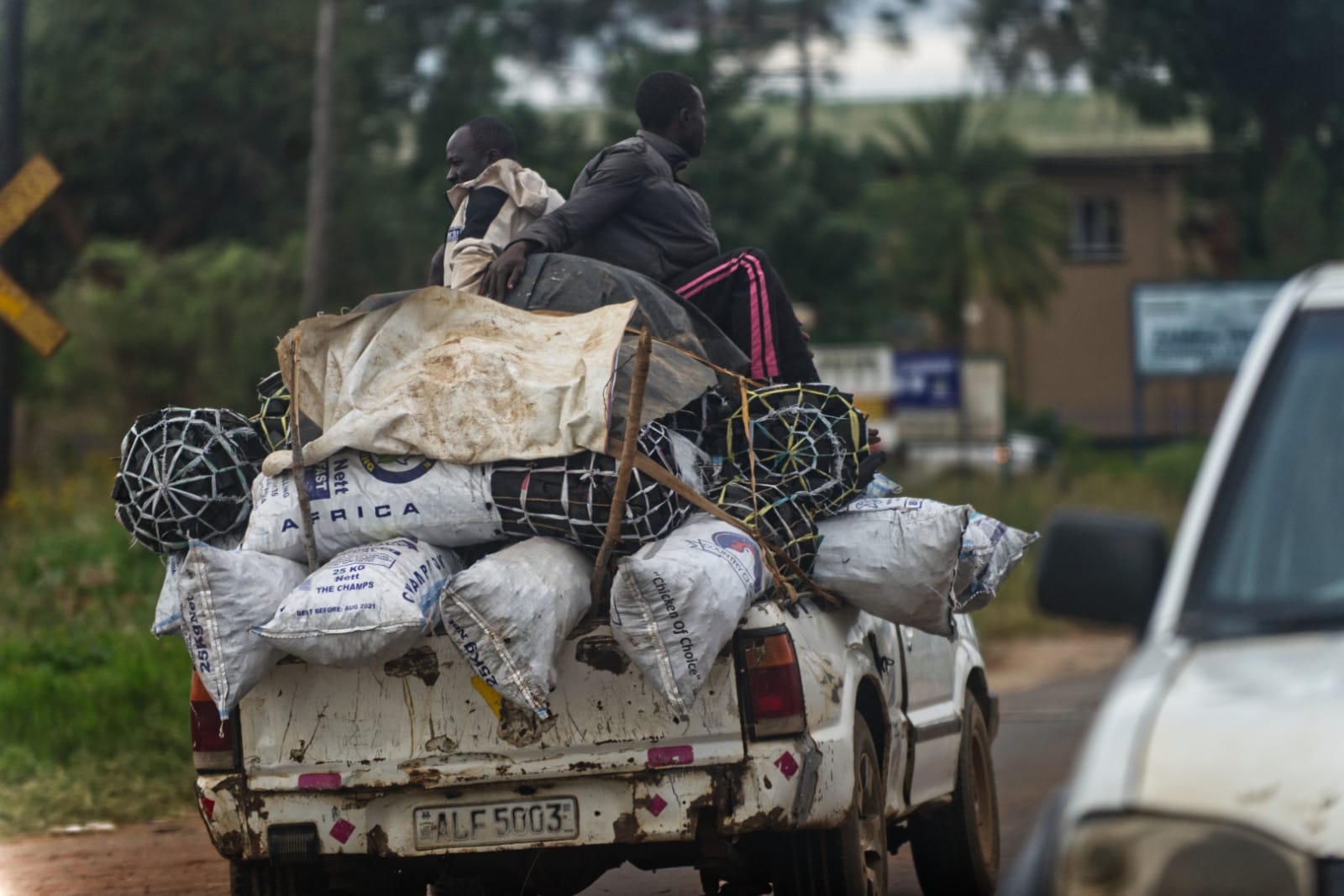
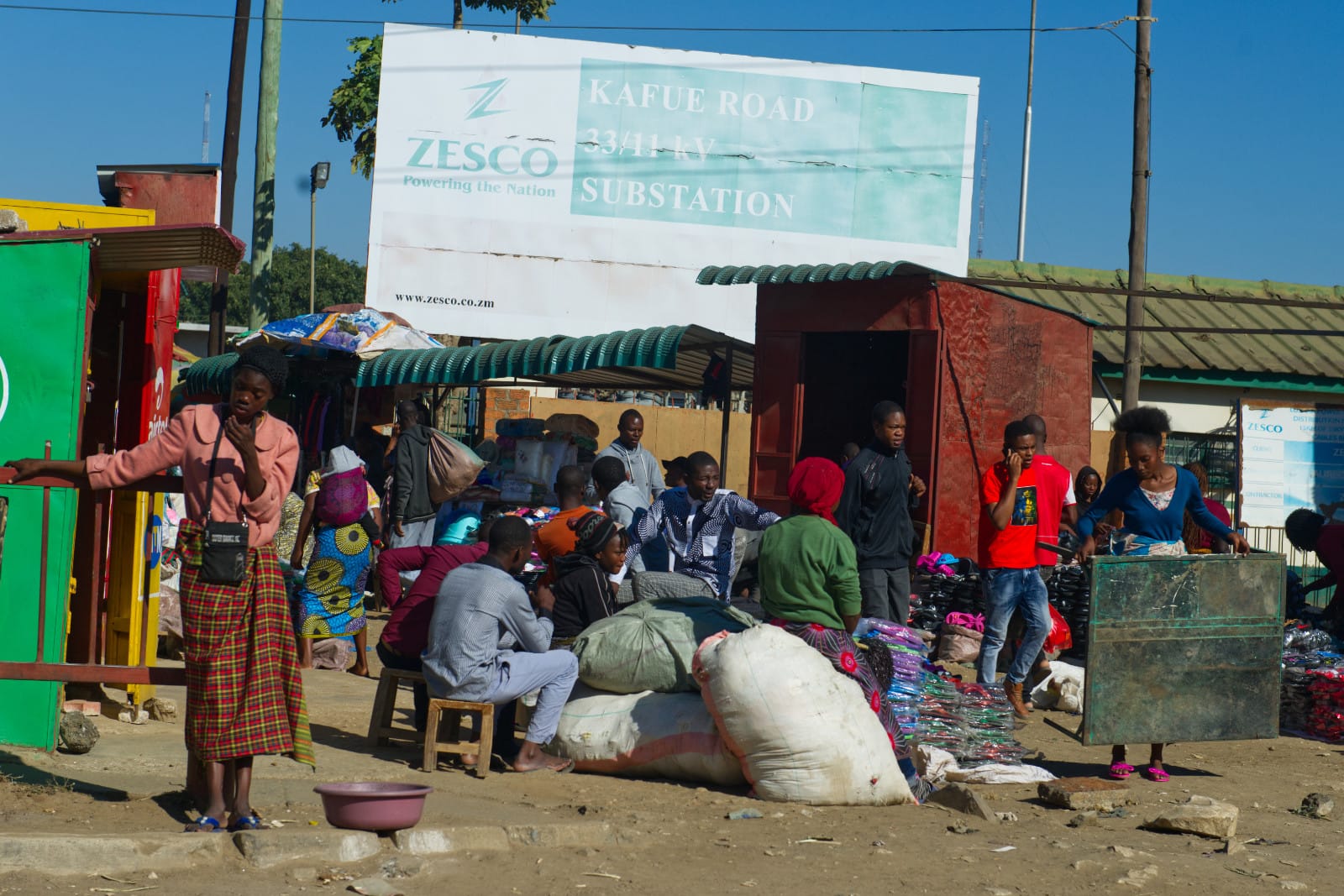
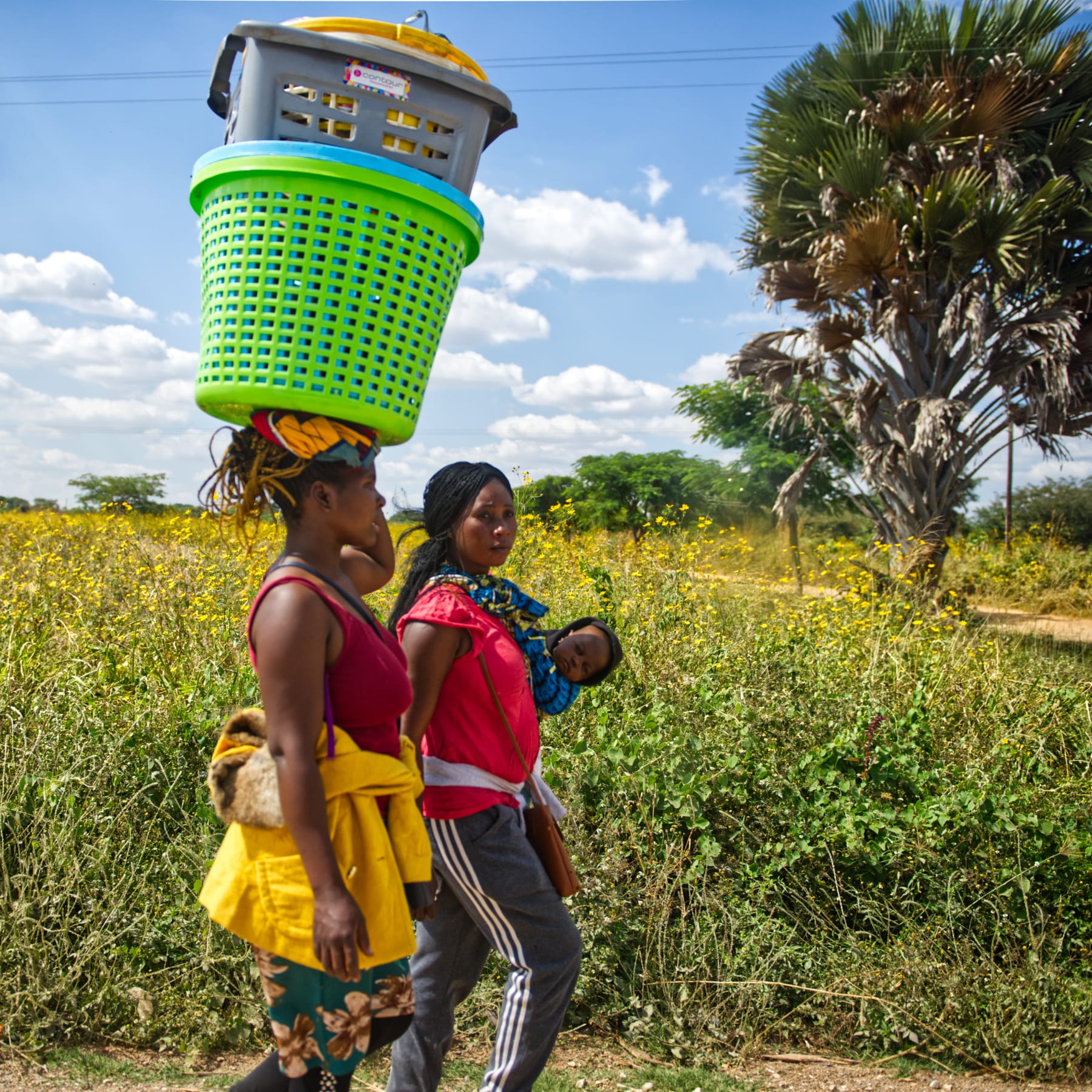
What were we doing in Zambia? We were traveling with MMS Aviation on a Rapid Response trip to a mission organization called Flying Mission Zambia. As the name suggests, they fly to support missions in Zambia. I'm an apprentice here at MMS Aviation in Ohio getting the experience I need to become a missionary airplane mechanic. If a mission organization has a particularly big upgrade or inspection coming up, they may require additional manpower to accomplish the task. MMS will send a small team to the base to help get it done. They call these trips "Rapid Response" trips. Every apprentice typically gets to go on at least one trip. It's a good window into what life on the foreign field looks like and helps apprentices get an idea what they may be getting themselves into to.
Getting There
Before the pleasure of traveling for thirty hours straight, we had to go get Covid tests. We went to a drive-through clinic at a local hospital. We never got out of our car, which was nice. The nurse who administered our tests dressed in a hazmat suit and acted as if our van was full of mustard gas and radioactive waste. If you enjoy getting a frontal lobotomy, then a Covid test is nothing to be afraid of. All they do is stick a pipe cleaner up your nostril as far as they can and stir it around a little, then pull it out again. For some reason, every time they do this, it shorts out my nervous system and makes me laugh uncontrollably and stomp my foot like an agitated bull. It's embarrassing and downright dangerous when I'm sitting in the driver's seat of the van. The rest of the family all took their tests with considerably less drama than I did. Elliot was sleeping when he got the pipe cleaner up his nose so he just rubbed his face and went back to sleep. Adi saw Elliot get his test so she became a little concerned but after it was over she said rubbed her nose and said, "That wasn't so bad." My eyes were still watering but I just nodded in agreement. Three days later we picked up our negative Covid tests and were off to the airport! We were going to Zambia!
Our first flight went from Washington D.C. to Addis Ababa, Ethiopia and was thirteen hours long. From there we flew south across the equator through Kenya and Tanzania until we landed in the capital of Zambia; Lusaka. That was a four hour flight. After we landed we drove two hours to Flying Mission's base. All told, we traveled thirty hours, which is a long time. But in the same breath, it's amazing that in thirty hours we can be halfway across the world.
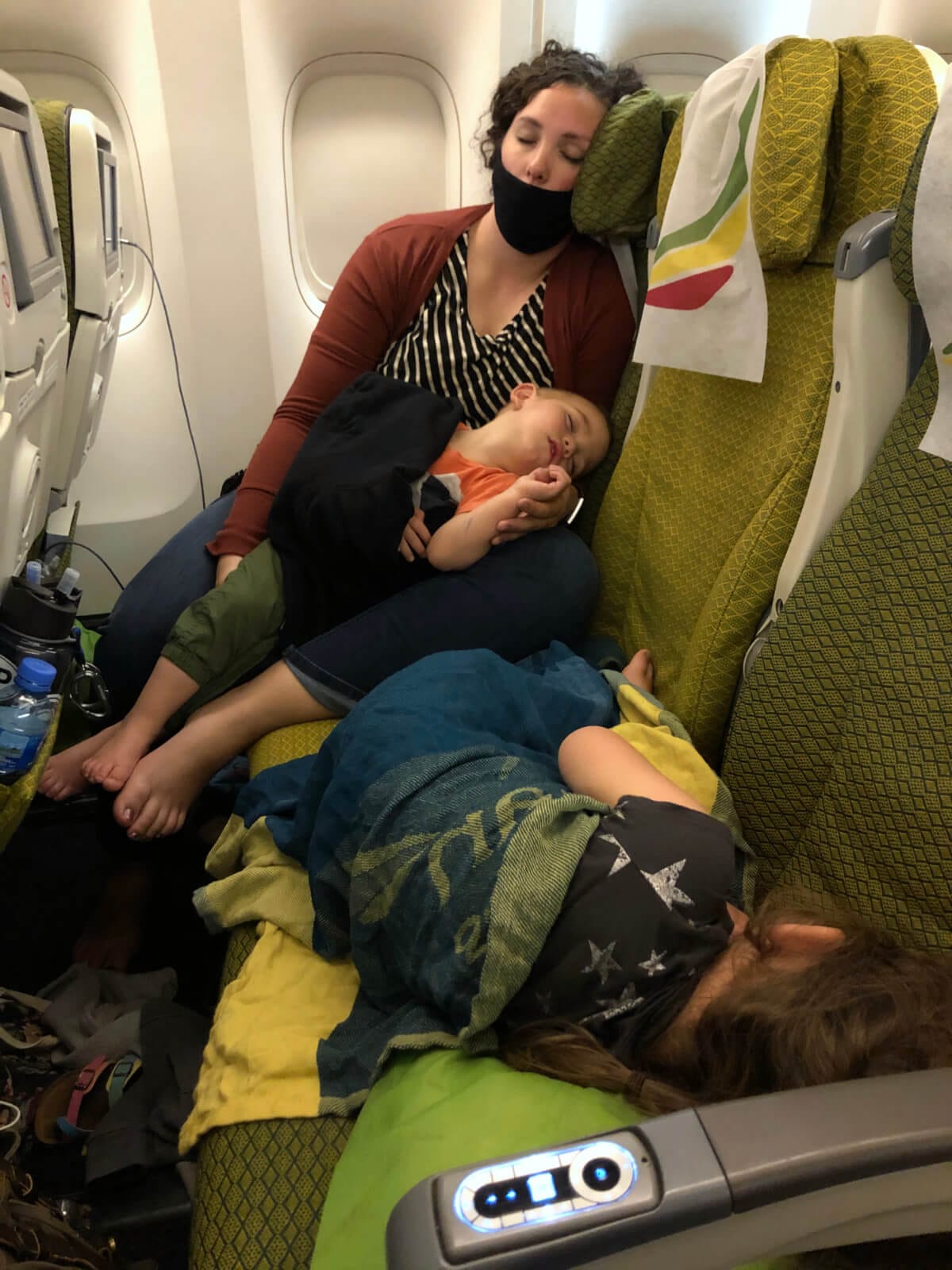
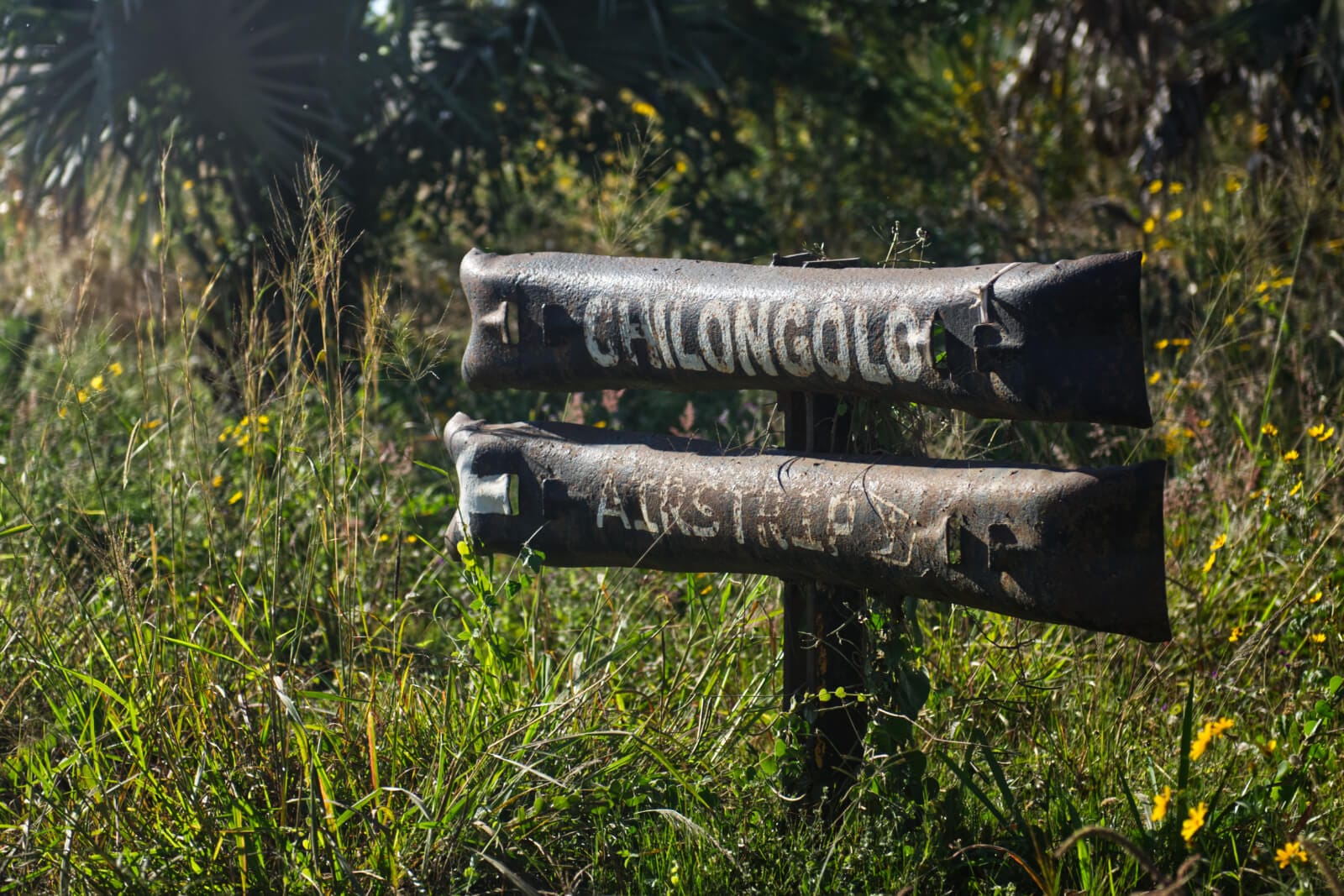
Introductions
We arrived at the mission on a Saturday morning and so we spent the weekend getting over jet lag. Zambia is seven hours ahead of Ohio. As much as I'd like to complain about traveling with children (it's no picnic) I have to say our children did really well. The trip went as well as it could have.
The staff at Flying Mission Zambia was more than welcoming. By the time we left Zambia it felt like we knew them all for a long time already. There is Jason and Anna Speichinger. Jason is the lead pilot (and, until recently, the main mechanic) while Anna manages the flight schedule. Mark and Joan Grattan recently joined the team. They hail from Ireland. Mark is a machinist and brought a whole shipping container full of milling machines and lathes with him to Africa! Mark's fabricating skills and machinery come in handy when parts are hard to find. Mark and Jennelle Heikoop were staying at FMZ to help with the autopilot project while our team from MMS was there. We knew Mark and Jennelle from the time they spent volunteering at MMS Aviation. Typically they serve in northern Zambia where Jennelle is a midwife and Mark does discipling and maintenance. Jennelle is Jason's brother and Mark has his A&P licenses so they are involved with FMZ from time to time. And last, but not least, Matthias and Salome Bauert head up the administrative team. Matthias is the managing director of FMZ while Salome does the accounting and office work. They're from Switzerland and so jokes about yodeling and opinions about superior chocolates are never far away.
After meeting everyone, Bryan and I climbed the mission's water tower to prove something, although I'm not sure what. It was the opposite of sitting in an airplane, I guess.
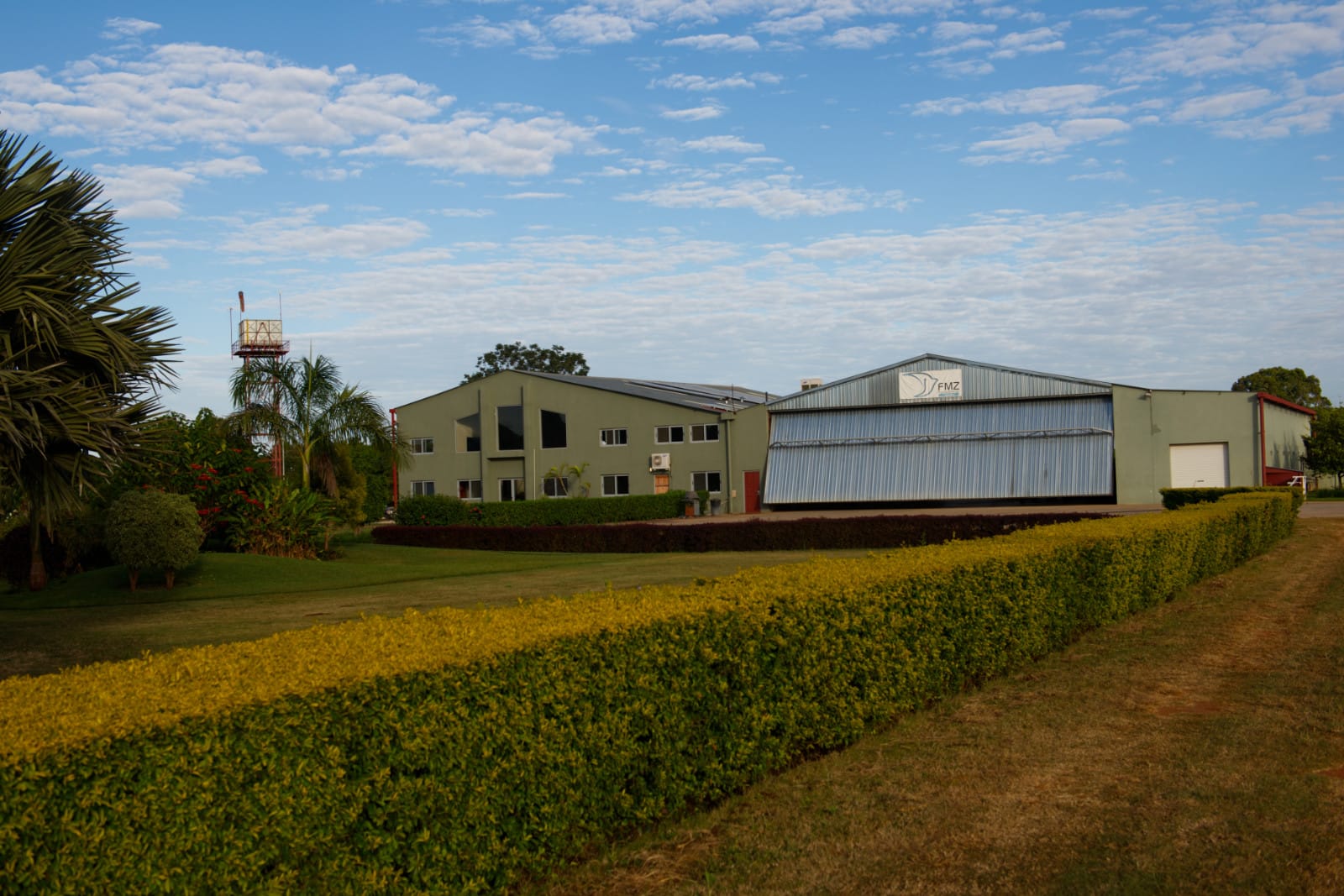
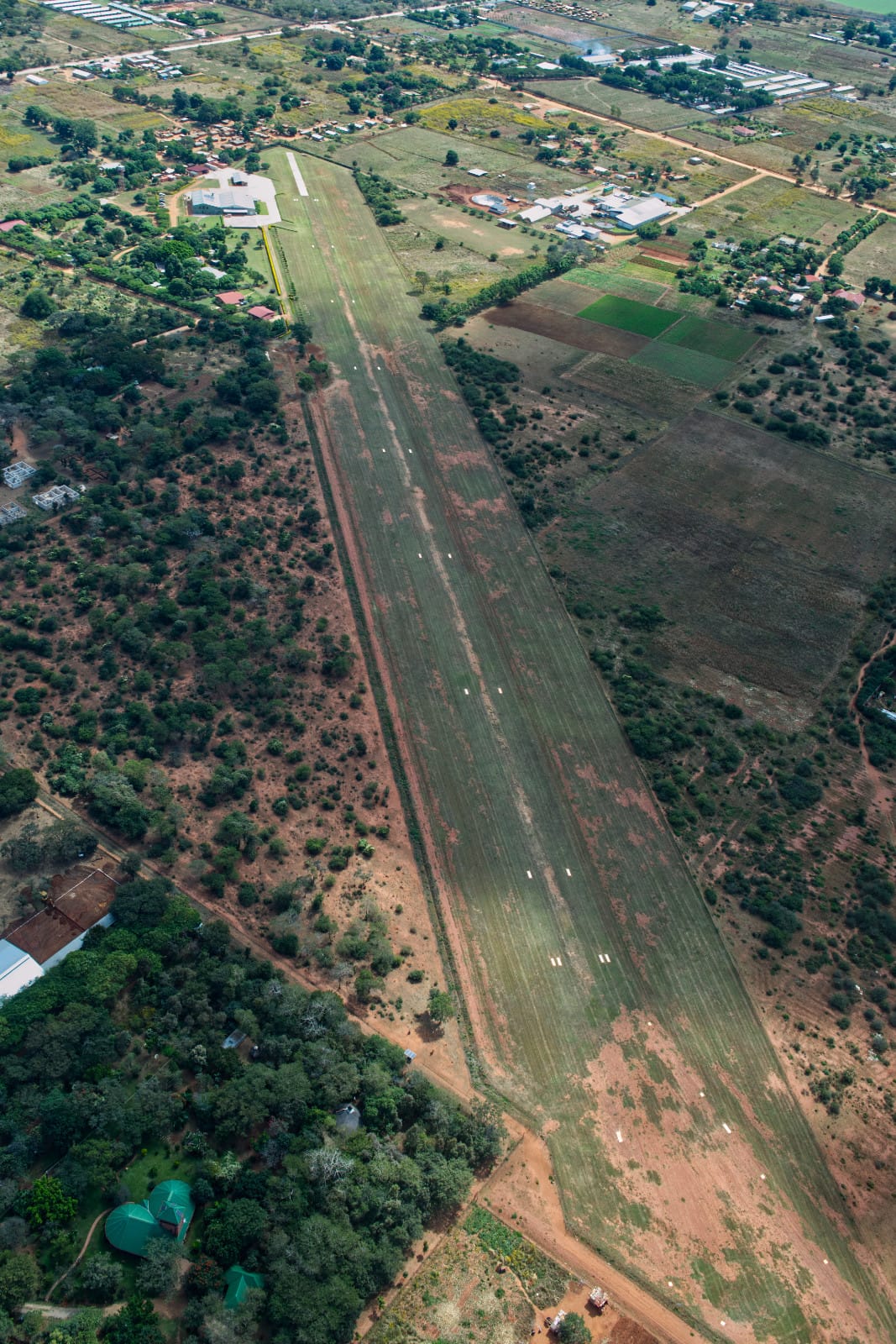
Flying Mission Zambia's hangar and airstrip.
Flatties!
Our guesthouse was nice but it didn't take us long to find spiders running amok in the house! We were told these spiders are fine house guests since they eat mosquitoes and don't bite humans. They are known as "Flatties" since they are extremely flat and can fit behind door jams, wall hangings, bath towels, and window curtains. They like to wait until you make eye contact with them at which point they yell "Boo!" and go skittering across the wall in a random direction while you yelp and hop around the house like you got shot in the spine by a nail gun. They skitter fast, really fast. As a matter of fact, they are one of the fastest land animals in the world! They can turn around three times in the amount of time it takes you to blink. These spiders can easily be 3" across so it took me about two weeks before I stopped getting whiplash whenever I saw one. They have their favorite hangout spots and so you soon learn to know where to meet them every morning. "Morning Jim," you say as you shuffle past the one who lives behind the bookshelf. "Working hard or hardly working, eh?" You pour yourself a cup of coffee and try to ignore the repulsion that comes from talking to a large spider.

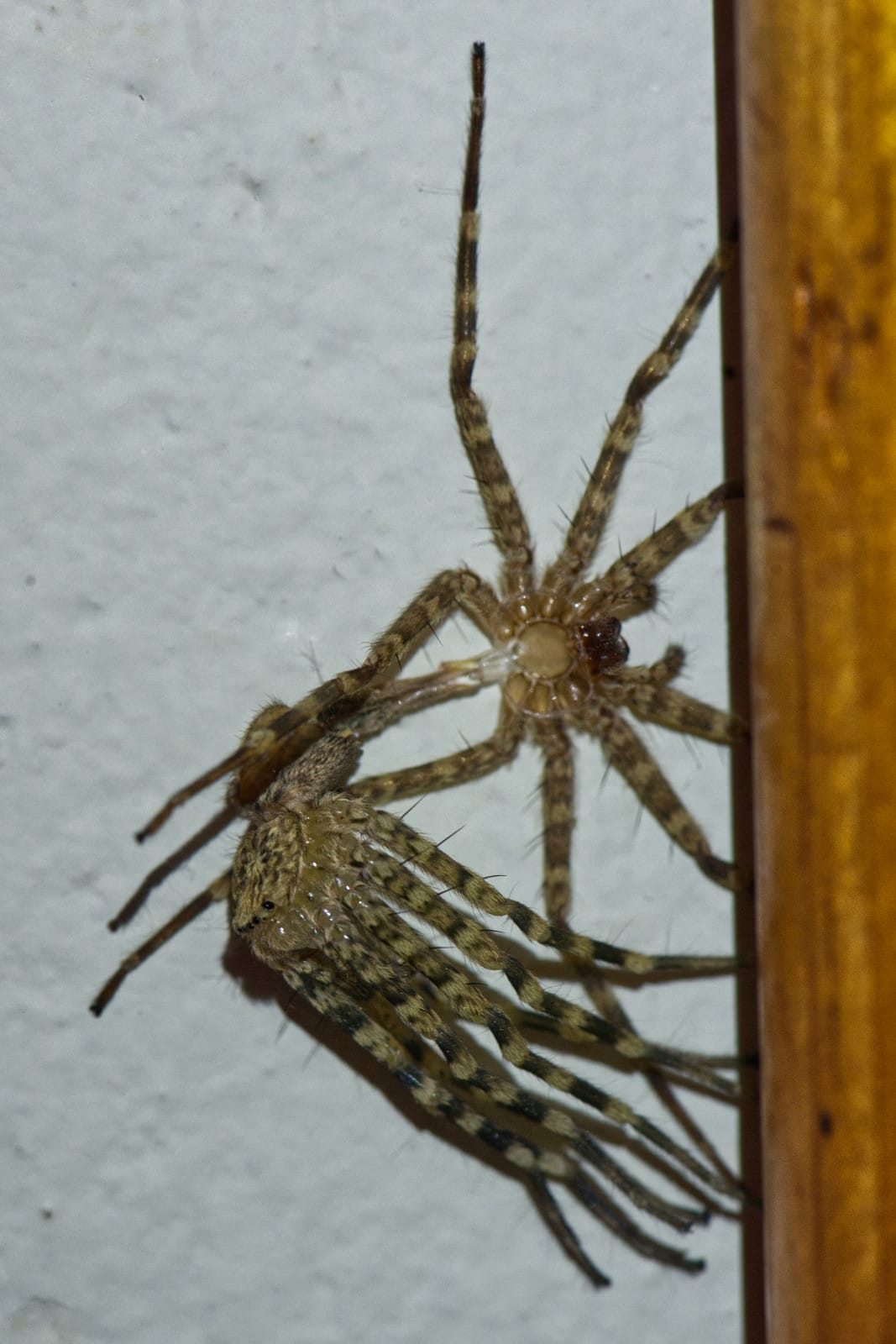
Flatty spider on the wall and a Flatty spider molting from its old skin, behind the bookshelf.
Mosquitoes in Africa will kill you much faster than Flatties since malaria is prevalent in Zambia. That's why every bed had a mosquito net draped over it. The truth was that the mosquitoes weren't active when we were there since Zambia was in the beginning of their dry season. Mosquitoes like humidity so we visited at the perfect time. Still, no sense risking it. We used mosquito nets.
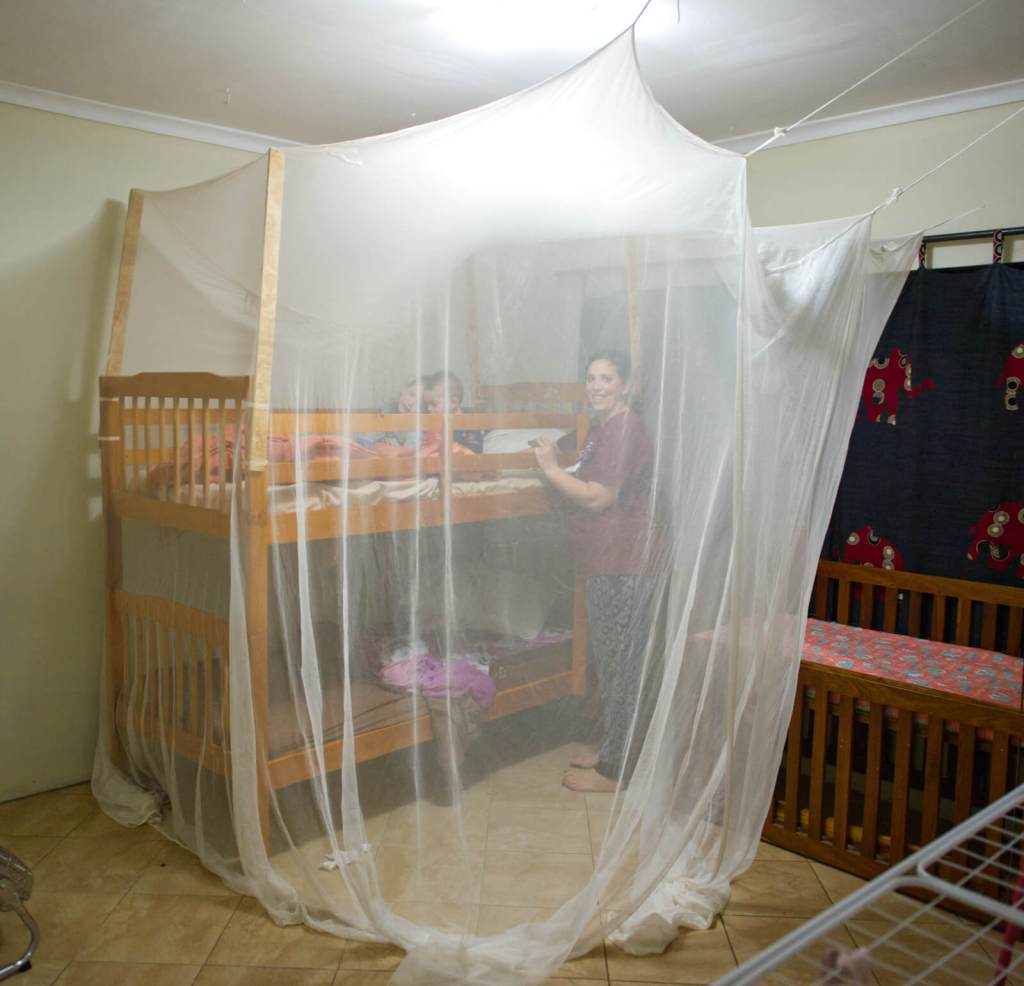
Adi despised the spiders and would freak out whenever she would walk past one. Unfortunately you had to walk past spiders in every room so the drama got a little old. It is tough trying to convince your daughter the spiders are no big deal when your own skittishness displays your hypocrisy. "Adi it's just a spider. It's harmless. They can't hurt..." The spider darts up the wall. "YEEEEE!" I involuntarily leap backwards over the coffee table. "GAH! Where was I? Yea, nothing to be worried about."
Other than that, our guesthouse was nice and comfortable. It even came preloaded with a pet cat. It slipped inside every time the door was open, despite Janice's loud anti-cat rhetoric. After awhile we gave up and just let it in. Apparently a previous missionary family lived in our guesthouse and the cat was their pet. So as far as the cat was concerned, we were the intruders. It didn't seem too upset though, as long as I obeyed its commands. It would sit right on my laptop keys and purr with smug disdain for whatever I was trying to accomplish.
Working in the Hangar
Monday morning we headed to the hangar and said hello to the airplanes. Our mission was to install a Garmin autopilot system in a Cessna 210 and a Cessna 206, as well as some upgraded GPS units. The equipment we replaced was over twenty years old. Imagine trying to use a twenty year old laptop to do a PowerPoint presentation! Technology has made leaps and bounds since then so the new equipment made quite a difference. The objective to all this was to improve navigation and reduce pilot workload which means safer and more efficient operations. I was excited about the project because it was the first time I really dug into an airframe and avionics project on a certified airplane.
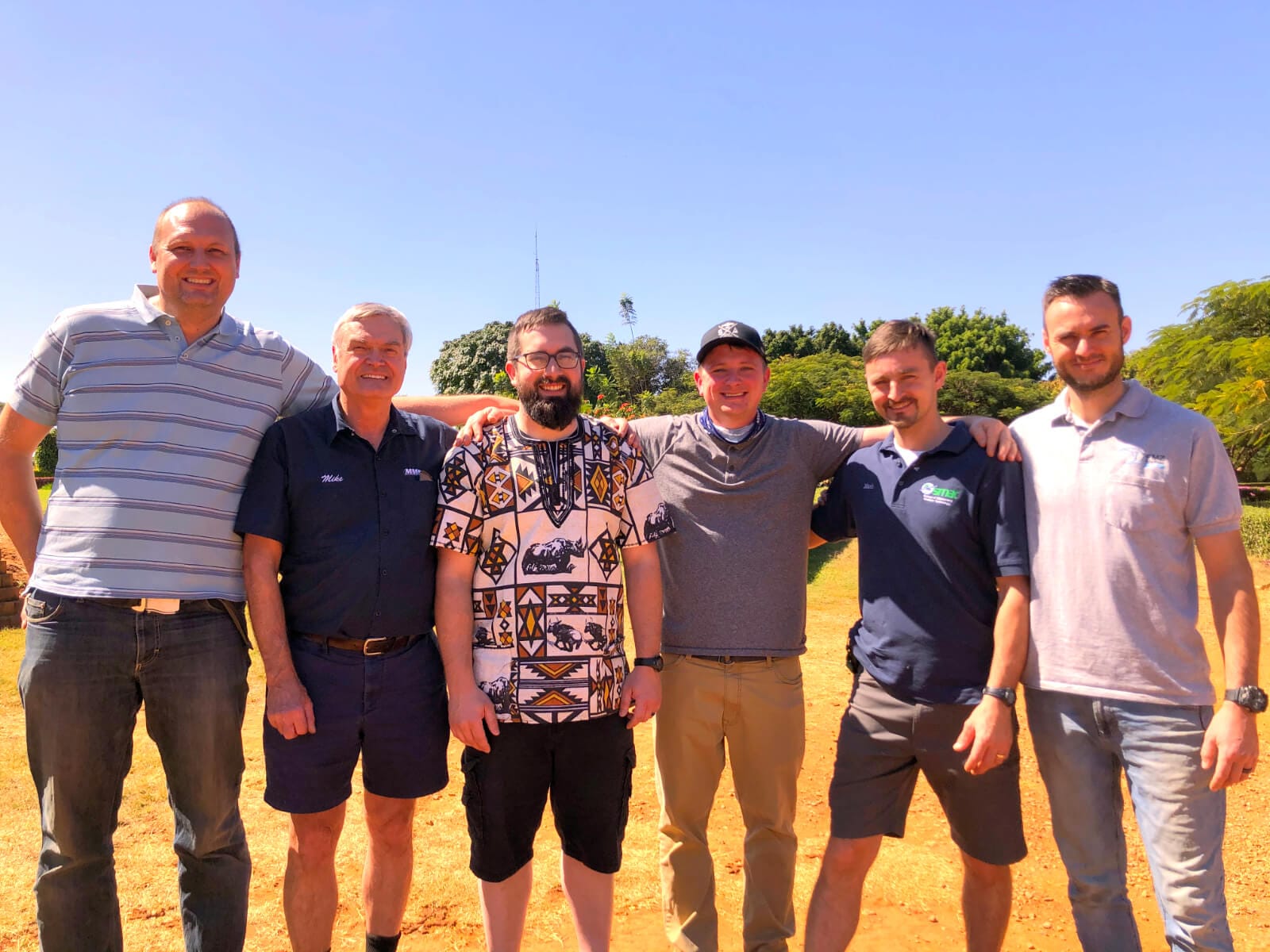
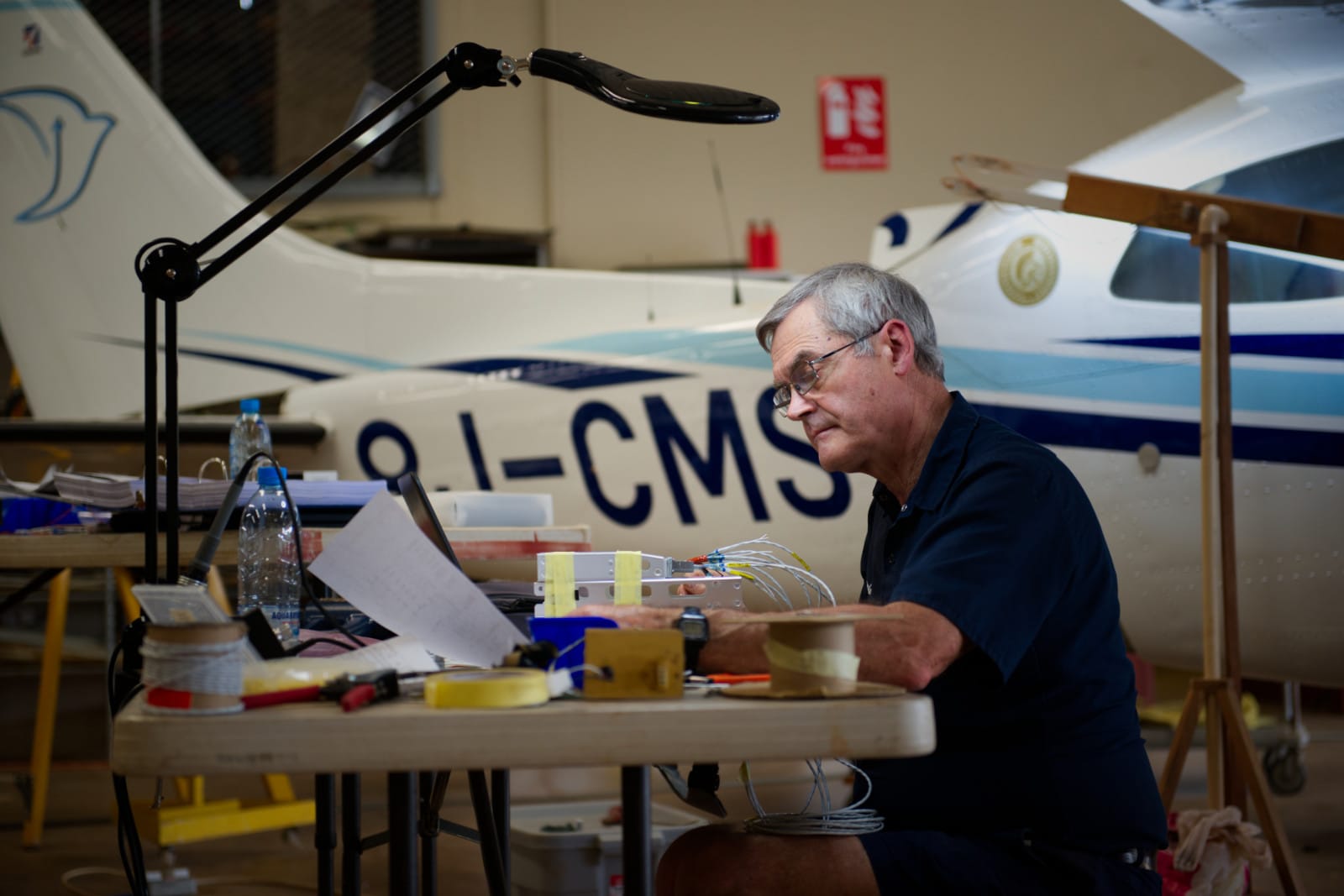
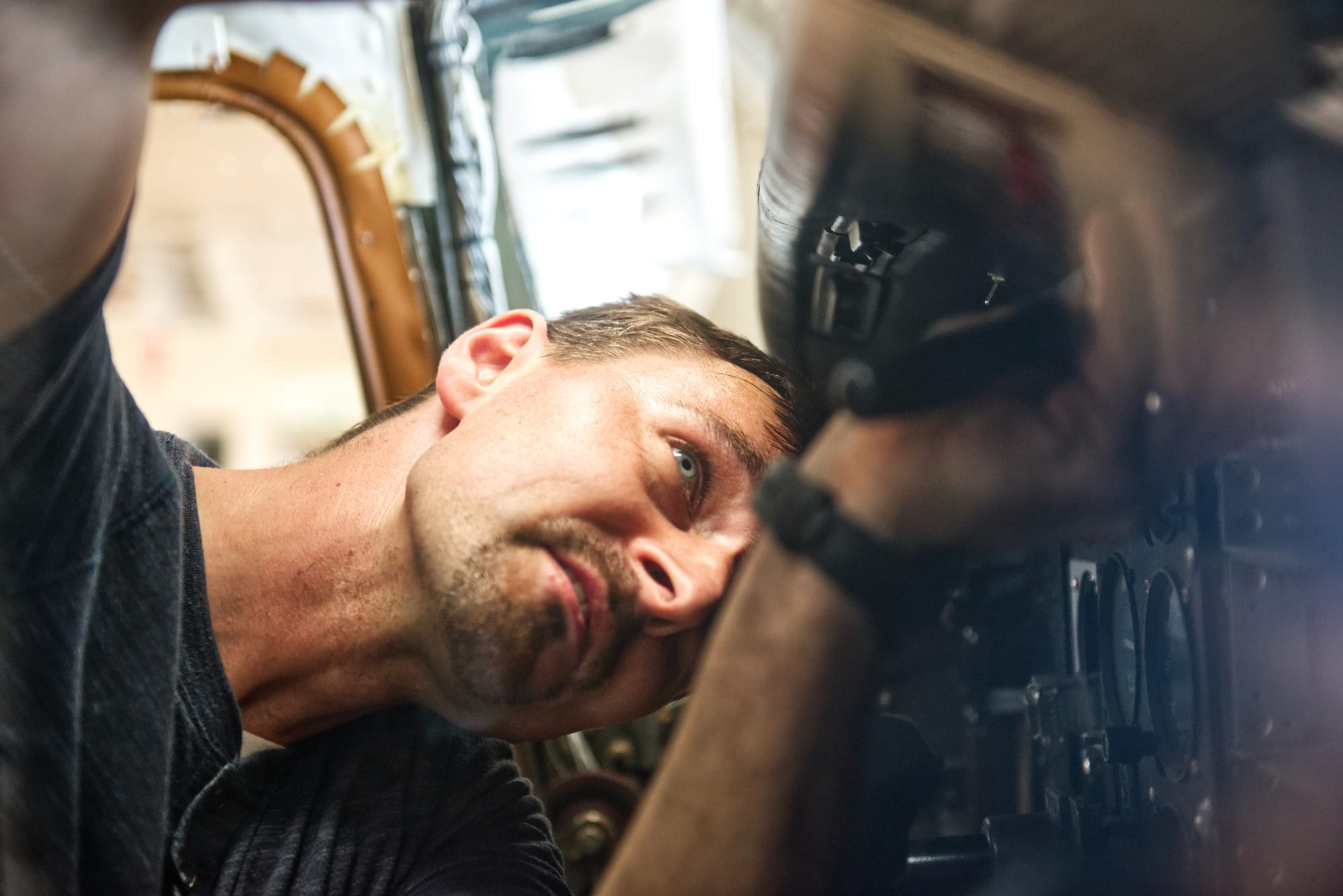
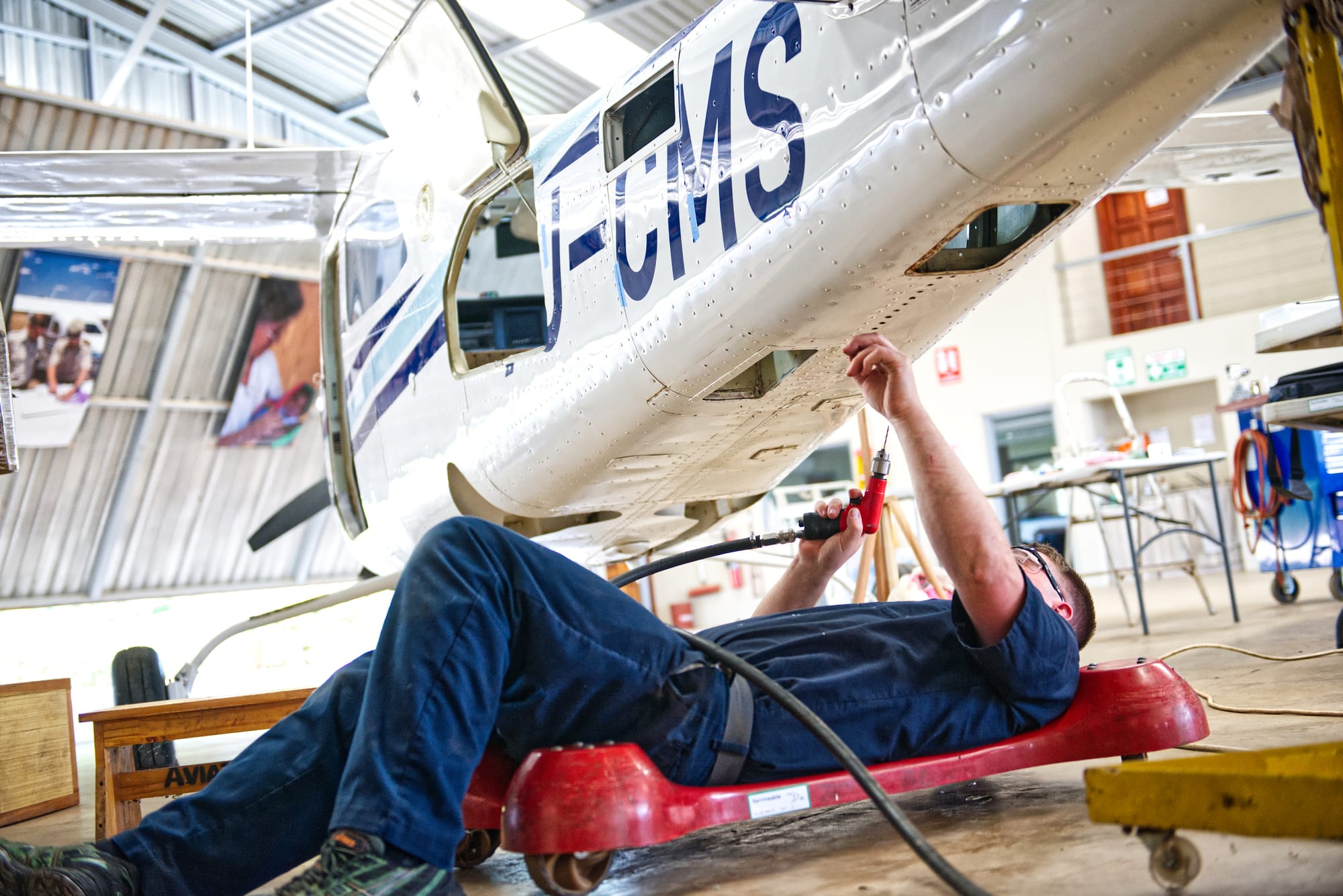
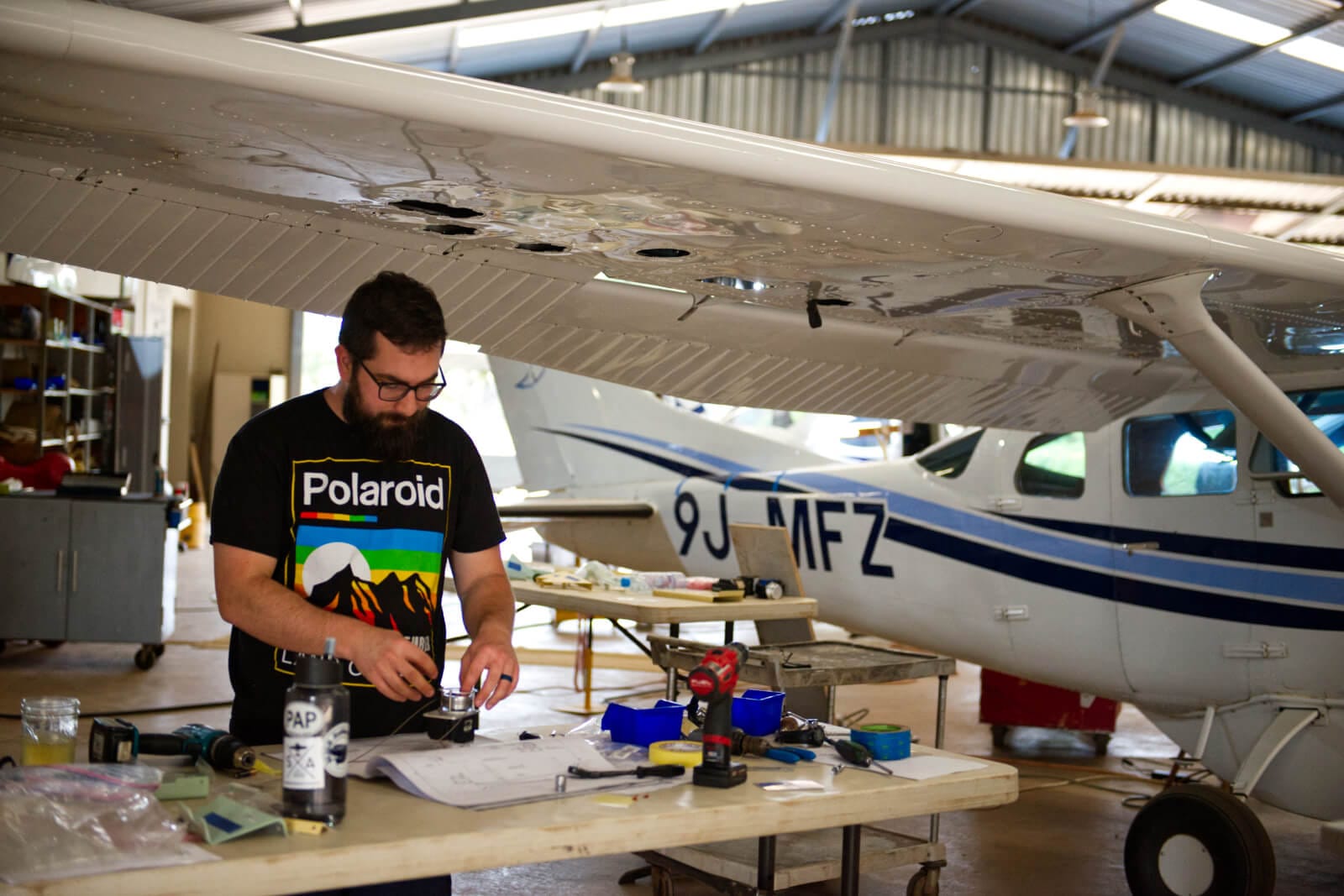
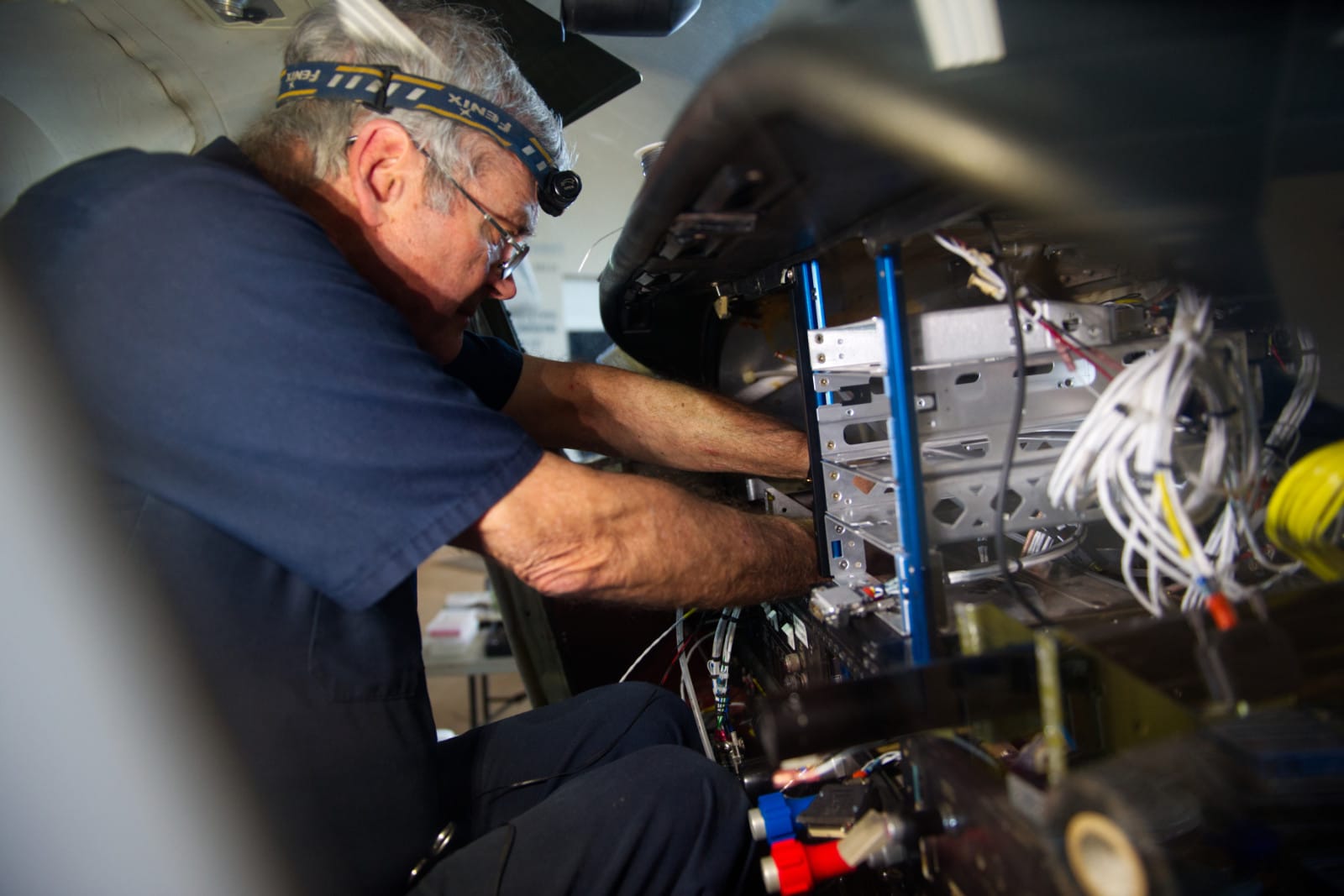
The first problem we ran into was that the 206 had the Robertson STOL kit installed on it. Basically this modification causes the ailerons to droop as the flaps are deployed, essentially turning the ailerons into an extension of the flaps. This adds push/pull rods and extra bell cranks to the inside the wings. And, as luck would have it, one of those rods were right where we wanted to put the roll servo. So Mark Grattan and I put our heads together and fabricated a new bracket for the roll servo that tweaked some angles and allowed us to move the servo slightly and still stay within the design limits. And when I say we both did it, I mean Mark, who is an experienced machinist as well as an authentic Irishman, did most of it. According to Mark, sarcastic, self deprecating, and sarcastic humor is a hallmark of a good Irishman. After two days of working together we decided I must have a strong Irish heritage.
Pasta Bakes
Actually, as family lore has it, one of my great-something grandpas died in the Irish potato blight. Try as I might, though, I cannot get a grasp on the Irish accent. And now that I'm no longer hanging around an Irishman, I fear that the Irish flavored lingo I picked up will soon disappear forever. One thing I did learn while we were at Mark and Joan's house for supper (Joan is Mark's wife who, I believe, is even more Irish than he is) is that the Irish call casseroles "pasta bakes." In fact, they never heard of the term "casserole" and when they asked for a definition I suggested something like "It's a congealed slurry" of different ingredients. Joan immediately assumed I thought her pasta bake resembled a congealed slurry. Frankly, not all congealed slurries taste bad and I was quick to point that out. I resolved to keep my mouth shut more often. Saying nothing is an activity I don't participate in enough.
Missionary Midnight
Work in the hangar started at 7:30 am and ended around 6 pm when it got dark and we worked six days a week. The team at FMZ had removed the interior trim, access panels, and gained access to the areas we would be working. This saved us time which was great because we had a lot to do and not a lot of time to do it. The electric was spotty and would frequently shut off, and so we'd simply click on headlamps and flashlights. It wasn't the end of the world but it was inconvenient. Still, it's a reality of mission work around the world and it results in what is known as "Missionary Midnight." When you're close to the equator it gets dark at about 6 pm every day, all year long. You have nothing but generators and batteries and there's limited, if any, internet and so around 9 pm you go, "Meh," turn off the flashlight, and you flop into bed. It's also why missionaries have a lot of kids.
Work in the hangar was a priority and I rarely got to travel outside the compound and do touristy things. It was a little frustrating knowing Zambia was waiting for me out there but we were warned ahead of time that we weren't going on vacation. "This isn't a holiday," Mike Dunkley said, "We're going to get work done!" And, being a mature adult, I realized that the work we did was important and did more to advance the Kingdom than photos of giraffes, so I resolved to have a good attitude about it.
Janice got a lot of cool opportunities to get out of the compound and frequently went with the other ladies to the market, to buy groceries, and even visited an elephant orphanage.
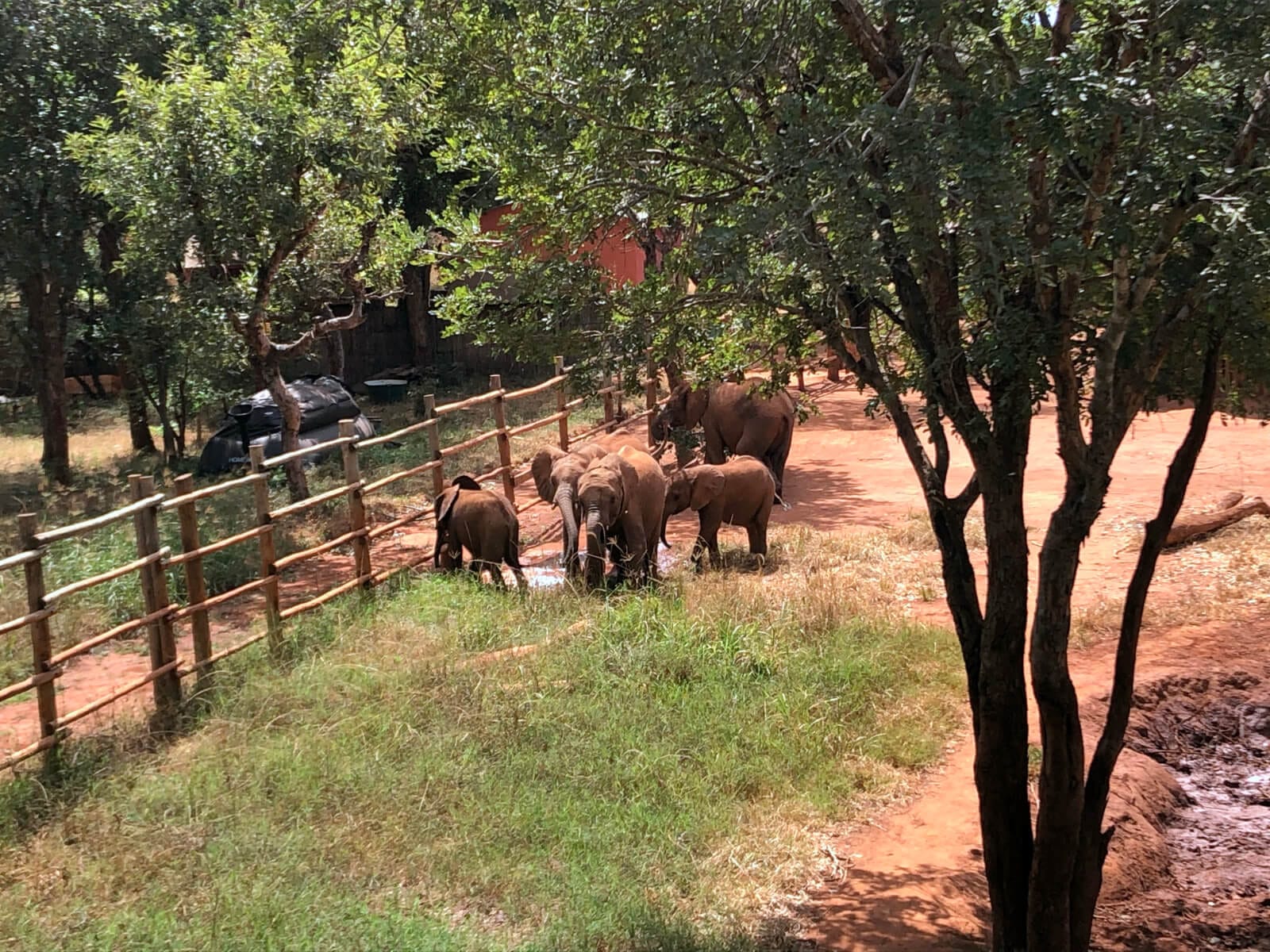
Adi and Elliot had a grand adventure. The compound had a small pool and so they went swimming several times a day. At one point there were maybe ten other children running around the compound so there was plenty of drama to keep them entertained! Each and and every day they collapsed into bed absolutely exhausted. It didn't stop them from complaining about going to bed though. "Daddy, no night night." Elliot would say. Adi would whine. Within ten minutes all was silent as they collapsed into a sleep induced coma.
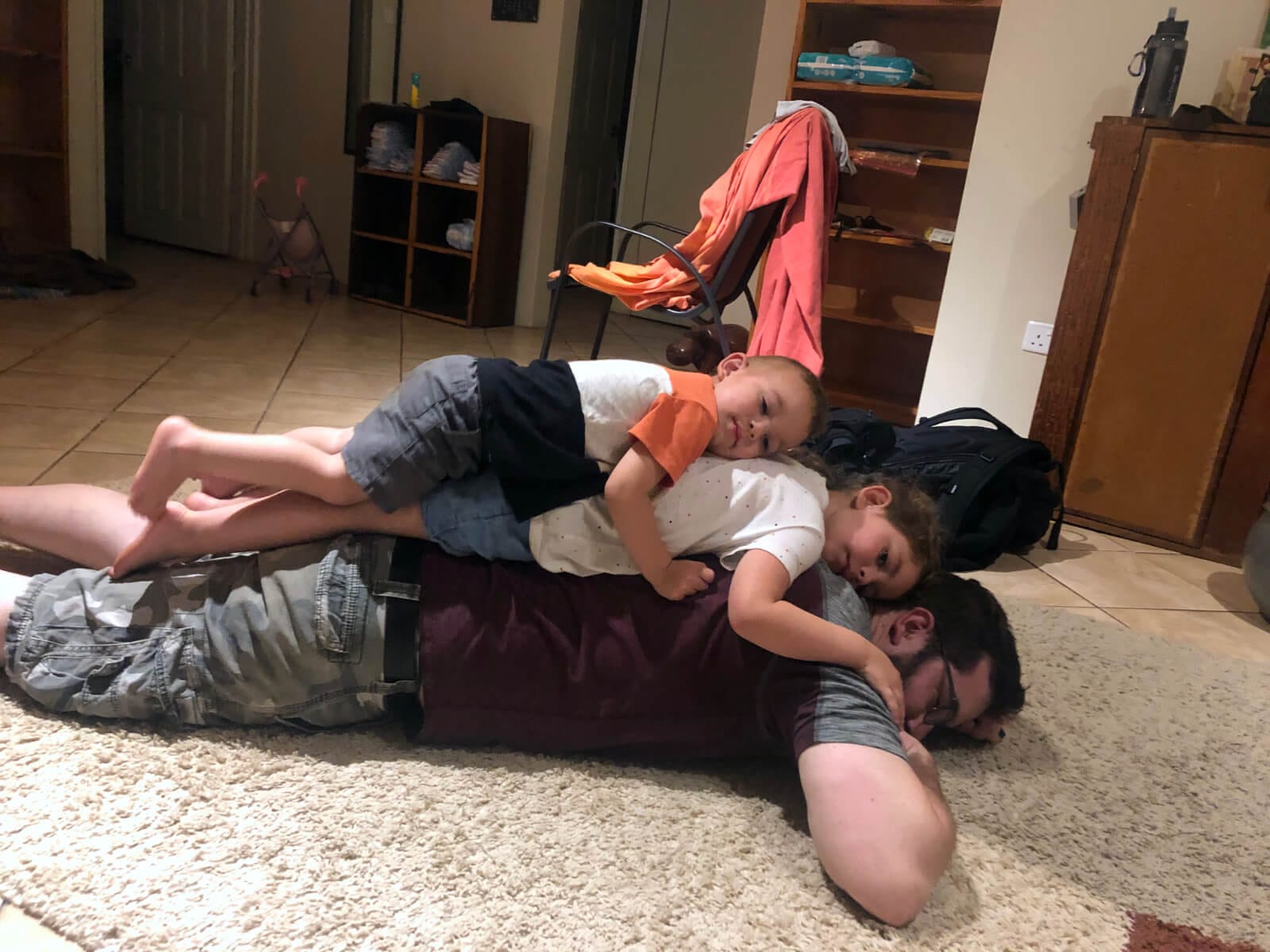

Janice really appreciated this trip because she said it helped her find out how normal day-to-day missionary life might look like. The gas ovens don't bake evenly, the flour and sugar are different, and the dairy products are all ultra pasteurized. Sometimes the electric shuts off when you're halfway done with whatever you're making. What then? There's also all kinds of exotic fruits and brands we never heard of before. This affects every aspect of preparing food and so all that plays into the stress of living overseas. If your kids are whining because nothing you make tastes right, well after a month of that it's enough to make you hang up the missionary thing right then and there. So it was neat that Janice got a summary of how daily life may look and it was fun to see the other ladies giving her tips and tricks on how they get it done. I feel like this trip was a God given opportunity to get our toes wet so that we aren't knocked completely off our feet by the realities of the foreign field.
I did get several cool opportunities other than just working on airplanes, however. One of them was visiting Mukinge Mission Hospital.
Airplanes vs. Cars
One beautiful Thursday morning (every morning seemed beautiful) after a majority of the airplane projects were done, Janice and I flew with Bryan and Jason to Mukinge Mission Hospital to see first hand the work that Flying Mission Zambia supports. The air was clear and the ride was smooth. Zambia is flat except for a few rounded mounds scattered around, much like water droplets splattered on a sheet of glass. Bryan sat up front chatting with Jason while Janice and I sat in back and soaked up the experience. It's one of those experiences that you know is special even while it's happening. To Jason, however, it was another day on the job. He routinely flies into the Zambian bush. Routine doesn't mean he isn't enjoying it, however. It's a blessing to be able to do what you love while furthering the Kingdom of God. Missionary life is hard and it has plenty of challenges but in that moment soaring around clouds, Jason was doing what Jason loved doing. I watched Jason do gymnastics with the airplane controls as we approached the remote grass strip and I was glad that he was driving, not me.
We had flown for one hour and forty minutes to get to Mukinge Mission Hospital from Chilongolo where FMZ is based but the reality for most travelers is that the same journey would have taken a grueling 12 hours (in ideal situations). This isn’t twelve hours of traveling on the Pennsylvania Turnpike where you have paved roads, well marked exits and road names, rest stops, bathrooms, fast food joints, picnic tables, or tow trucks available. It’s twelve hours of bouncing down dusty (or impossibly muddy) dirt roads with potholes the size of a bus. It’s getting stopped frequently by police who try to give you citations because you broke a traffic law they just made up so that you give them a bribe to let you go. It’s waiting in line to cross a river on a pontoon barge that only runs during daylight hours. If you get there half an hour too late, you have to sleep in your car until the next morning. You have to bring extra gas cans along. You have to pack your lunches. If your car breaks down, then you’re really out of luck. A twelve hour trip can easily take several days if the right things go wrong. Driving isn’t as cheap as it is in the States since every trip batters your car severely. Imagine driving twelve hours on a field lane. When something does inevitably break, finding parts aren’t guaranteed and when you do find them they aren't cheap. Maintenance costs a lot and takes a lot of time. Once you get to your destination you’re dirty (from pushing the cars ahead of you out of the mud so you can get a turn driving through the pothole) and exhausted (again, pushing out cars will do that to you). When you finally get to your destination you need an extra day to just recover.
One of the missionaries that swung by the mission compound when we were in Zambia had a malfunctioning alternator. He solved the problem by strapping a Honda generator to the roof rack of his Toyota and charging his battery with it while he drove 18 hours to get to Flying Mission. Travel in rural Zambia is no picnic.
Airplanes are an amazing tool that us Westerners can not fully appreciate until we get to the mission field. This trip helped me connect those dots not just logically, but emotionally as well.
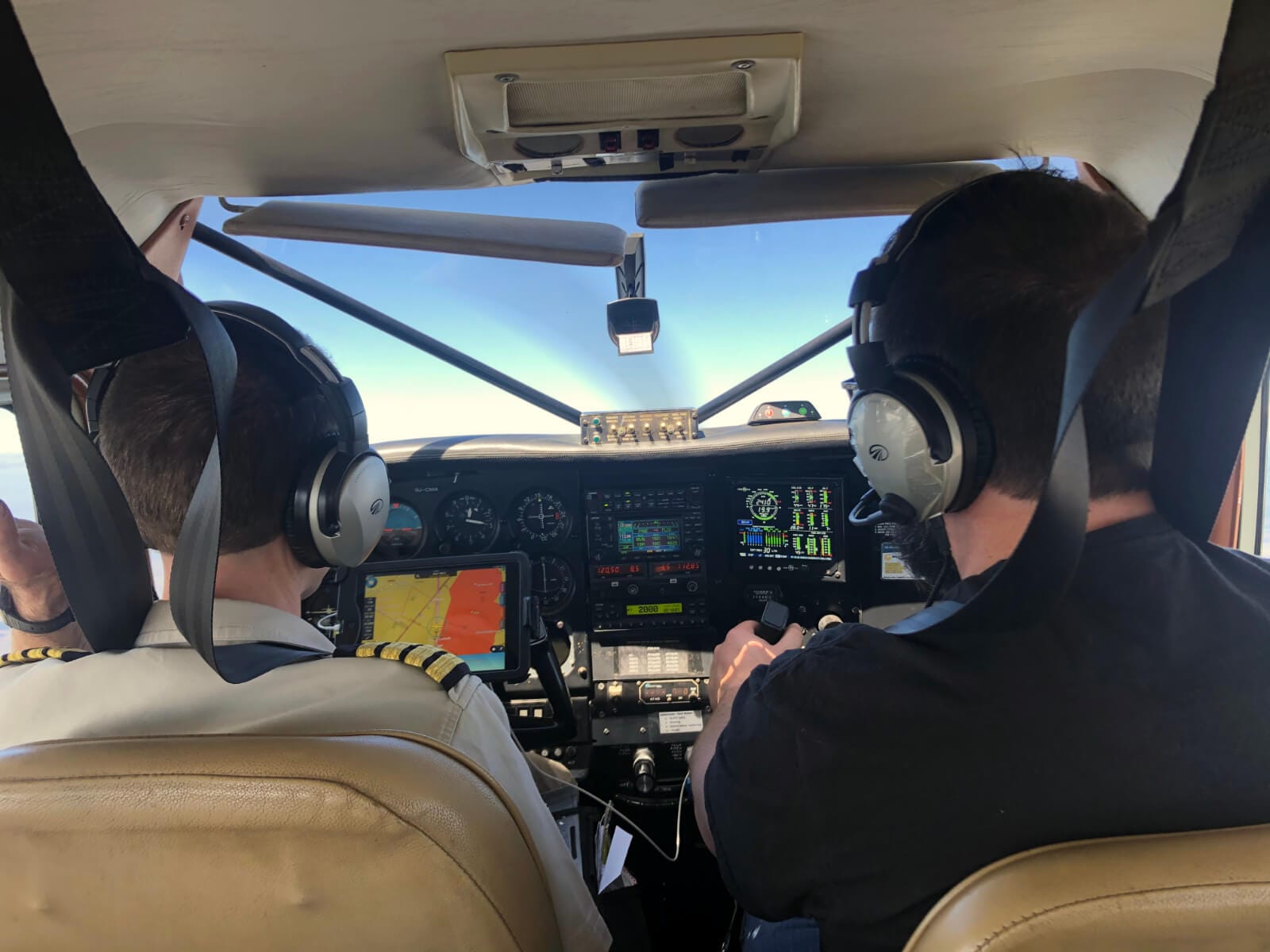
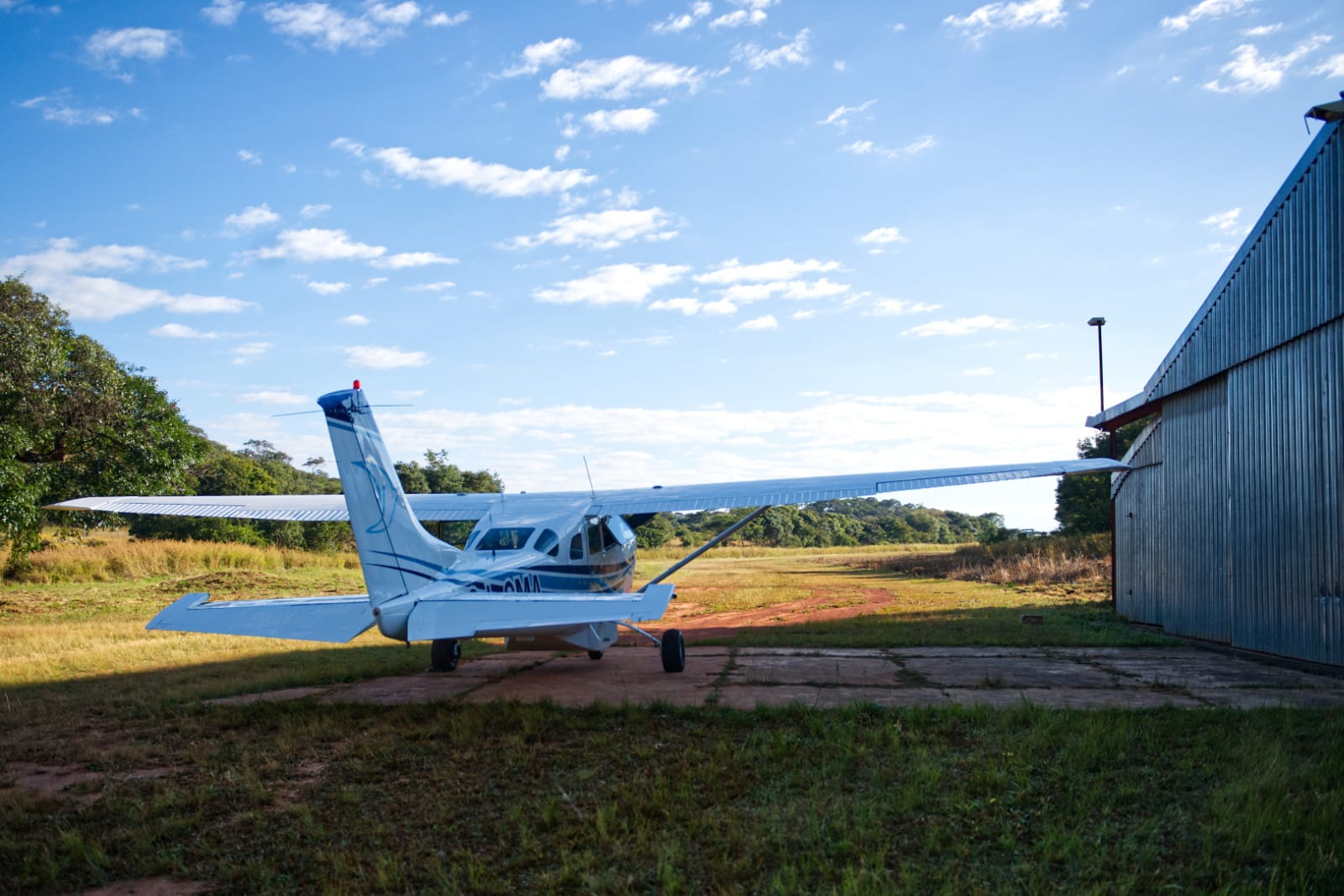
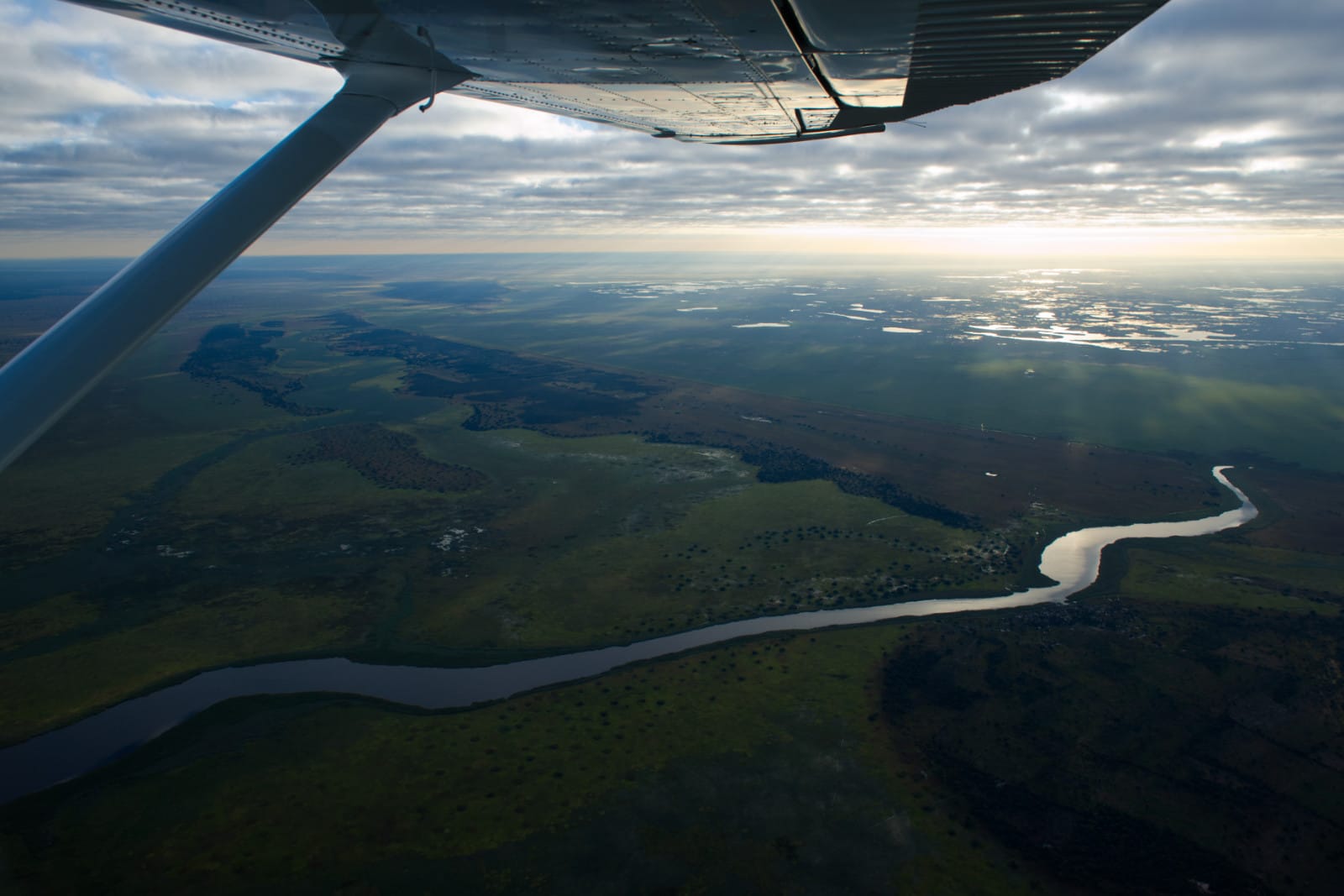
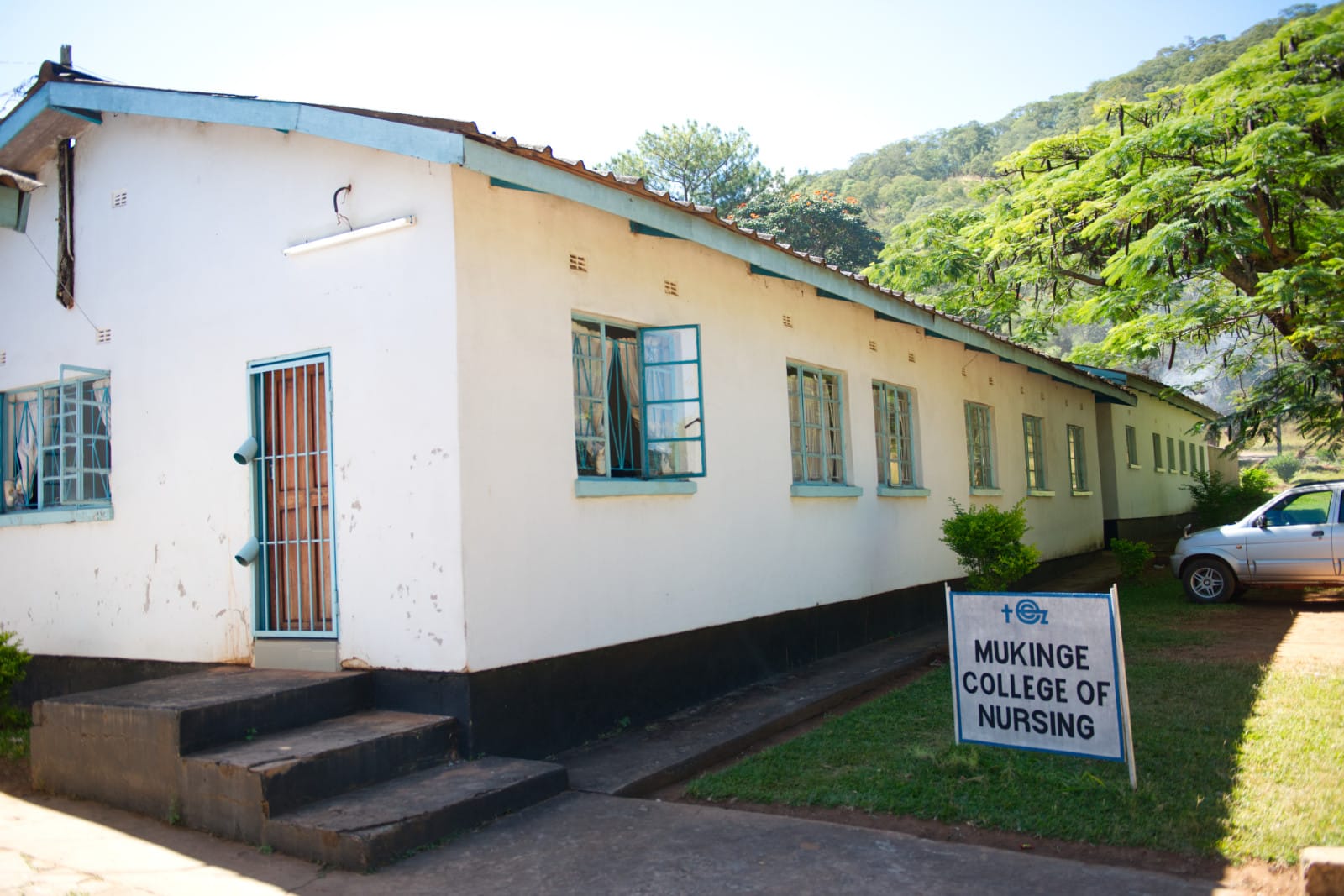
Flying to Mukinge
The Gender Reveal
After landing safely, we went on a tour of Mukinge Mission Hospital. We met with Dr. Allan Sawyer who serves with World Medical Missions, a sub-organization of Samaritan's Purse. He's a traveling obstetrician gynecologist who has delivered over 11,000 babies (before he officially stopped counting) and had a successful practice in Arizona. He began to sense the Lord leading him to sell the practice and turn to full time mission service and so that's how he ended up at Mukinge Mission Hospital at the same time that we found ourselves there. We met him outside the Operating Theatre (Zambia was a British Colony and uses British terminology) where he immediately noticed Janice was pregnant. I guess you notice things like that after you've delivered 11,000 babies. "Do you know the gender?" He asked before saying hello.
Janice shook her head no, a little taken aback. "No, not yet."
"Do you want to find out?"
Janice and I looked at each other. This wasn't on the schedule today but when opportunity knocks, you at least crack the door open to see who it is. "Sure, I guess," we both kind of murmured in unison.
"Yea, great. Come on in and find a bed. It won't take long."
I got the impression that Allan was more excited about Janice's pregnancy than either of us, which isn't to say we're not excited. Missionary life is hard and can take a toll but in that moment as he readied his ultrasound equipment, I could tell Allan was doing what Allan loved doing.
The ultrasound probe connected to Allan's phone and so we all breathlessly watched a snowstorm of pixels bounce around on his iPhone screen which he was holding up in front of us. I'm glad Allan was driving that thing. I would've been doing a gender reveal on Janice's kidney if it was up to me.
I always try to guess the gender before the ultrasound tech, which is embarrassing but I can't help it. "It's a boy!" I'll breathlessly announce.
"No, that's not what you think it is."
"Oh." More blobs appear. "It's a girl!"
I don't like to brag but I can usually get it right after only two guesses. Allan politely ignored my speculation until he seemed to be find evidence that was compelling. "It's a boy!" he announced.
We're having another boy!
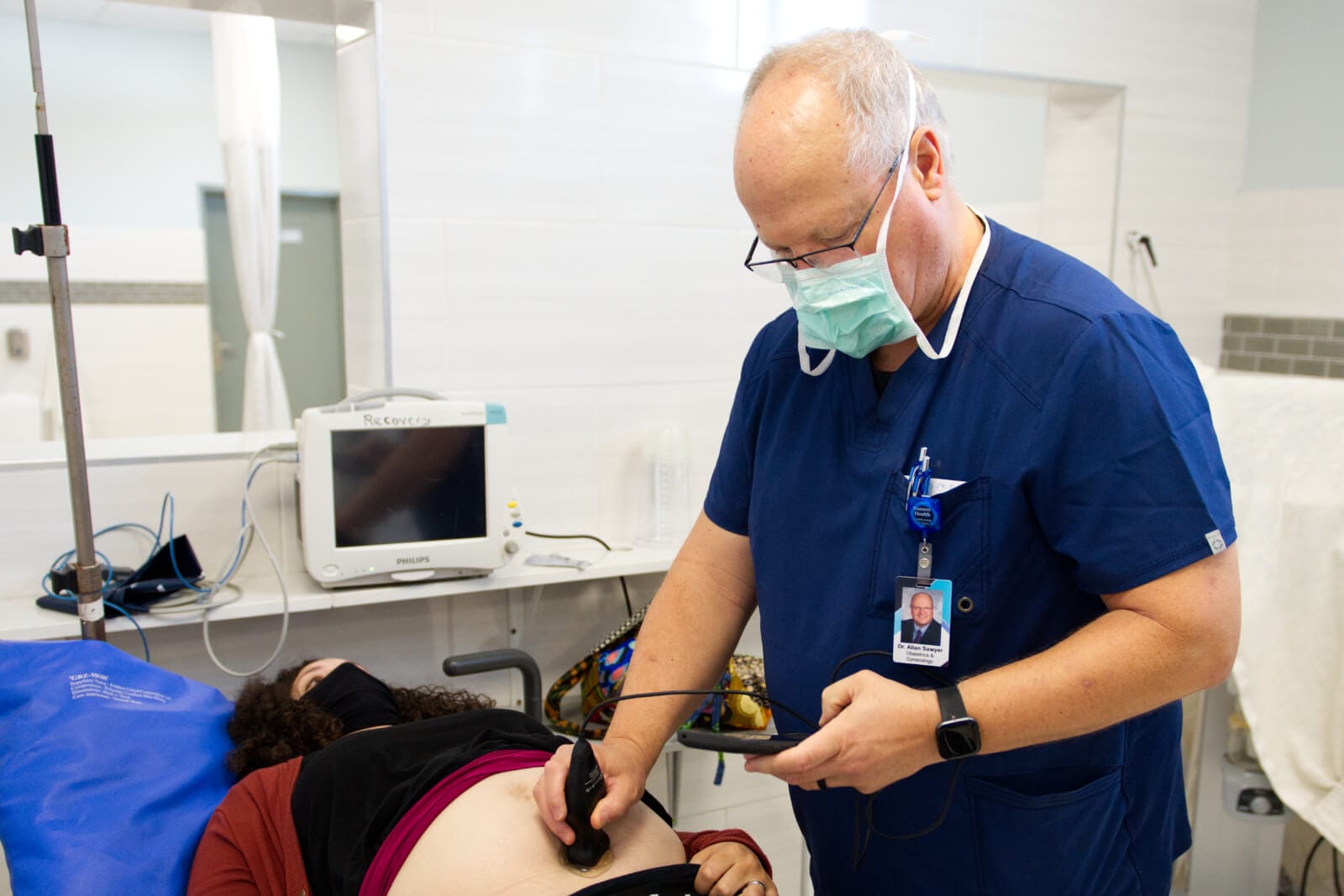
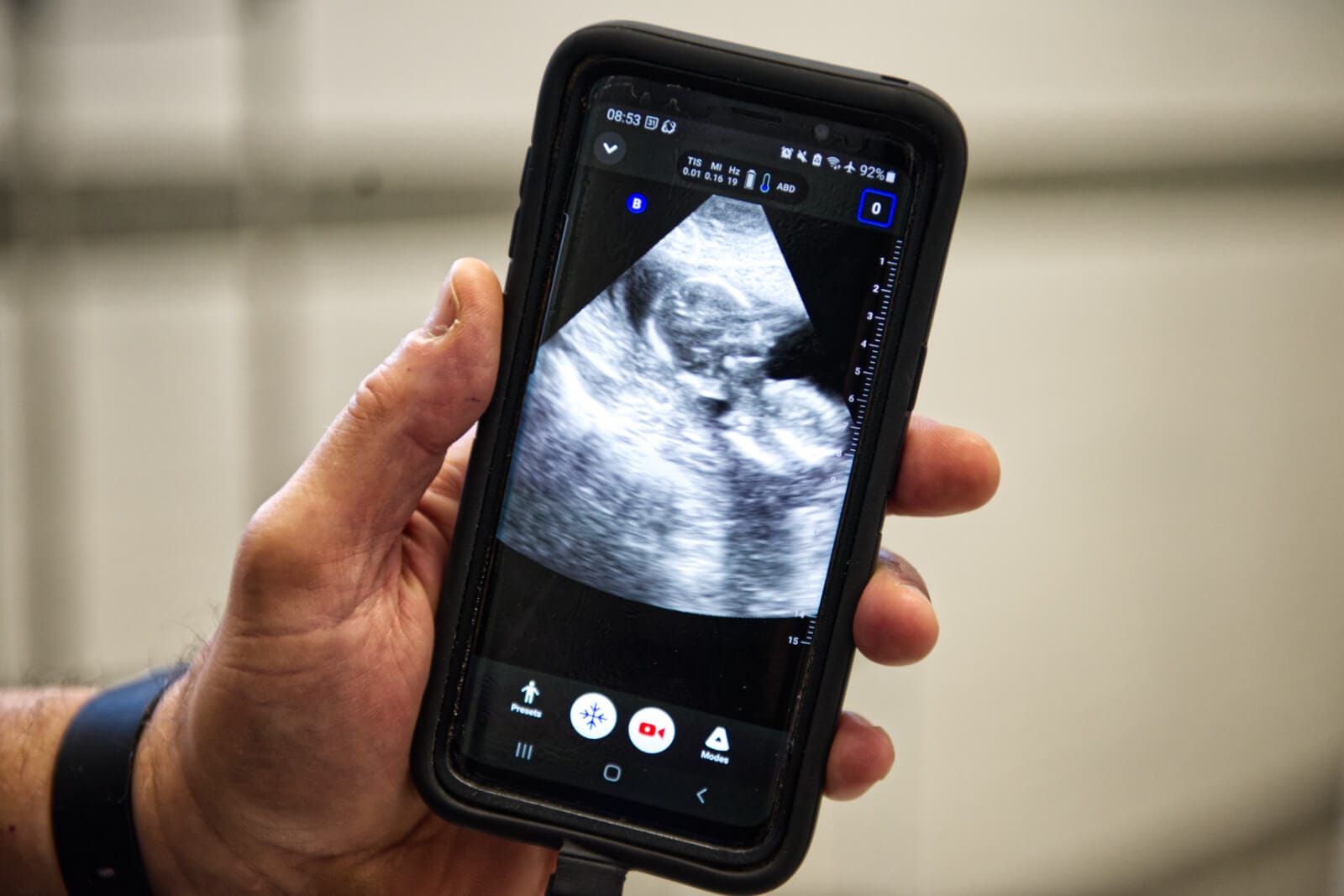
Mukinge Mission Hospital
In Zambia, 80% of the hospitals have been, or currently are, mission hospitals. Mukinge Mission Hospital is no different. Even though Mukinge Mission Hospital is one of the best hospitals in the area, the primitive setup took me back a little. I'm used to hospitals being sparkling clean monuments to technology with parking lots full of Porsches and BMWs. Except for the newly built Operating Theatre, this hospital was constructed out of simple painted cement blocks, it had dingy lighting, and open air men's and women's wards with mosquito nets gathered above each bed. It definitely wasn't what I consider normal. My worldview was being turned upside down. But just because the hospital doesn't look like what I'm used to doesn't mean it's not effective! The hospital has a great success rate. In a region where medical access is so limited and people can die from things we laugh at in the United States, the nurses and doctors applying modern medicine practices in such a remote area are literal miracle workers. In such a superstitious culture, even non-life-threatening conditions can make the victim a cultural outcast because other villagers think they are cursed. A two hour surgery can remove a lifetime of shame.
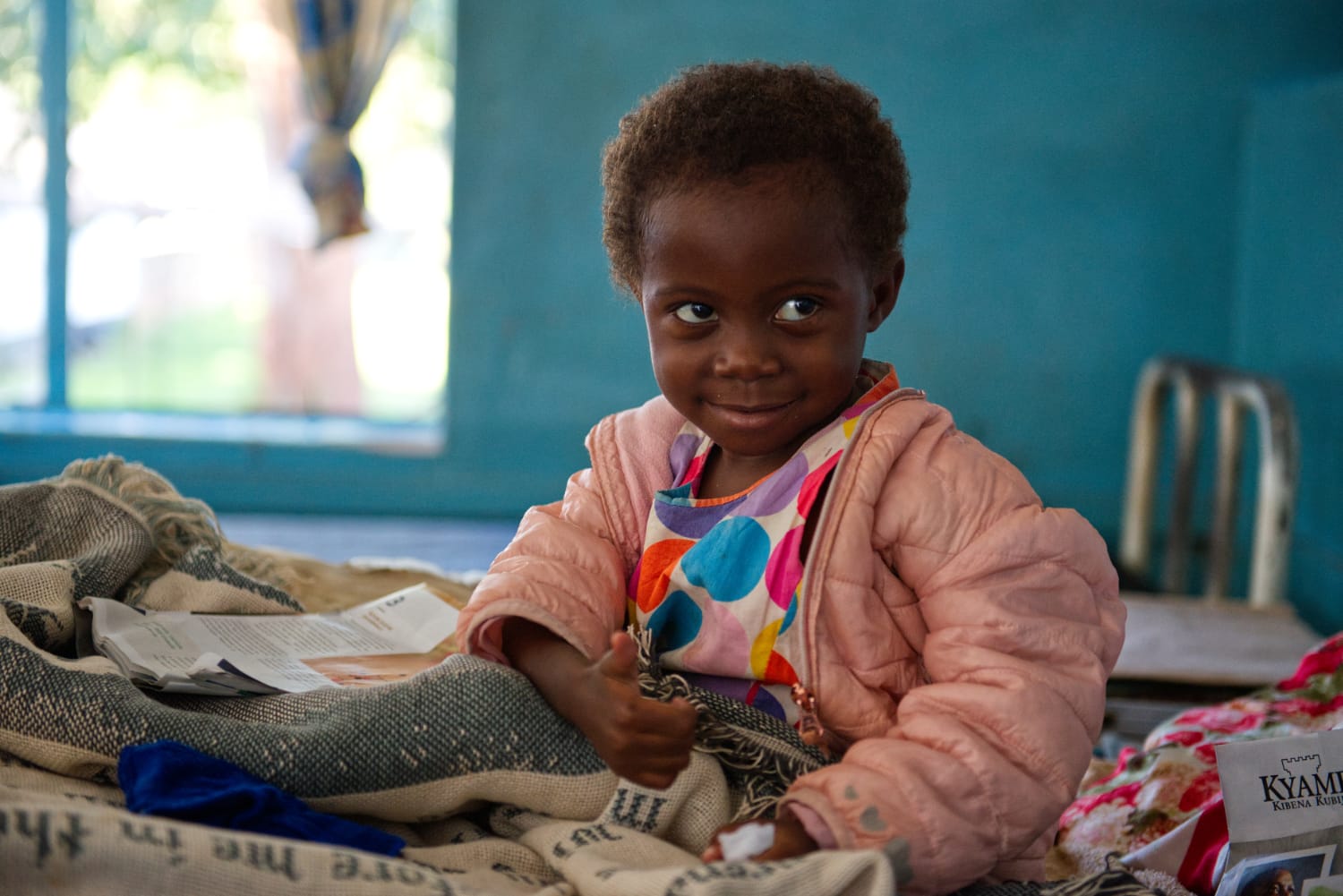
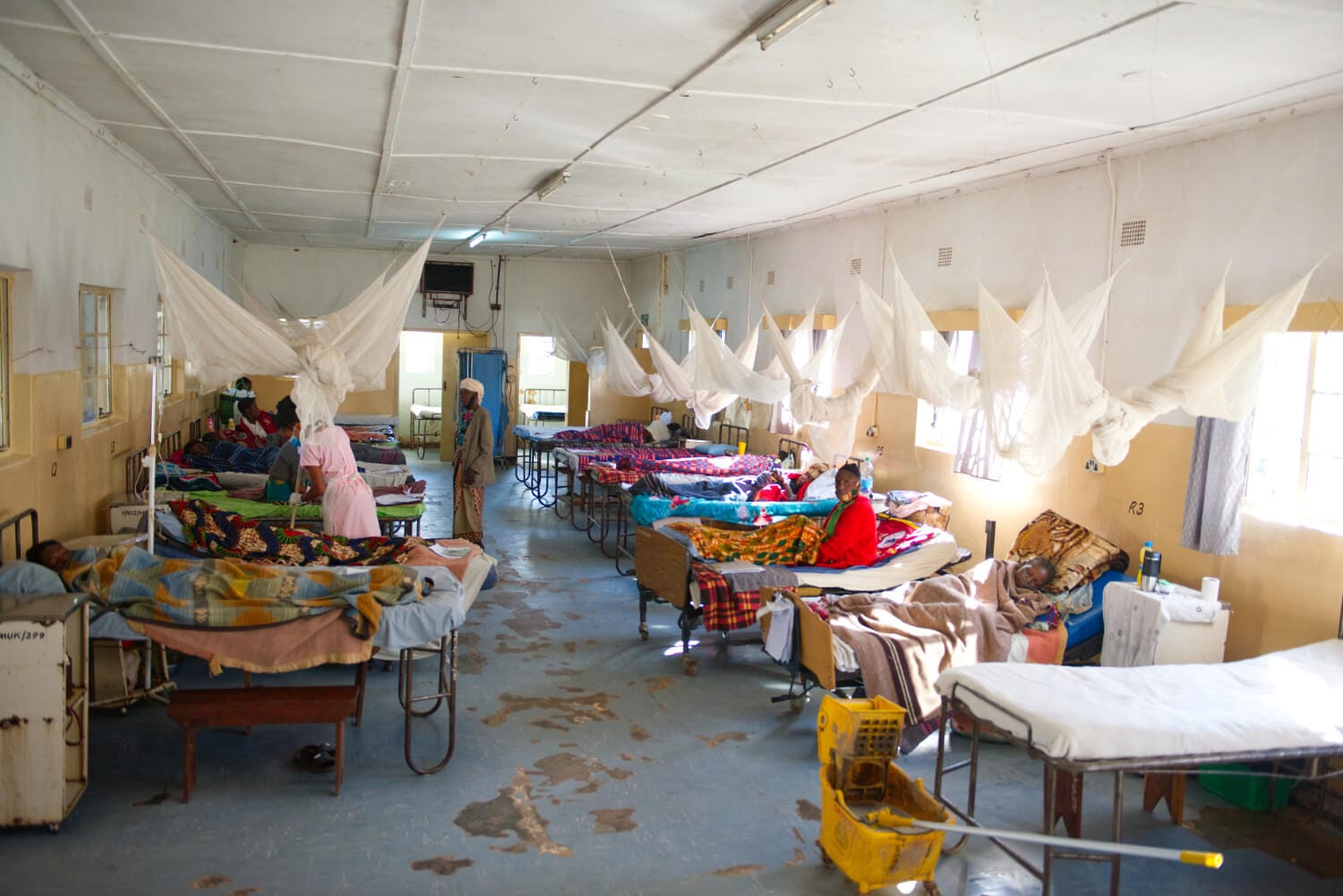
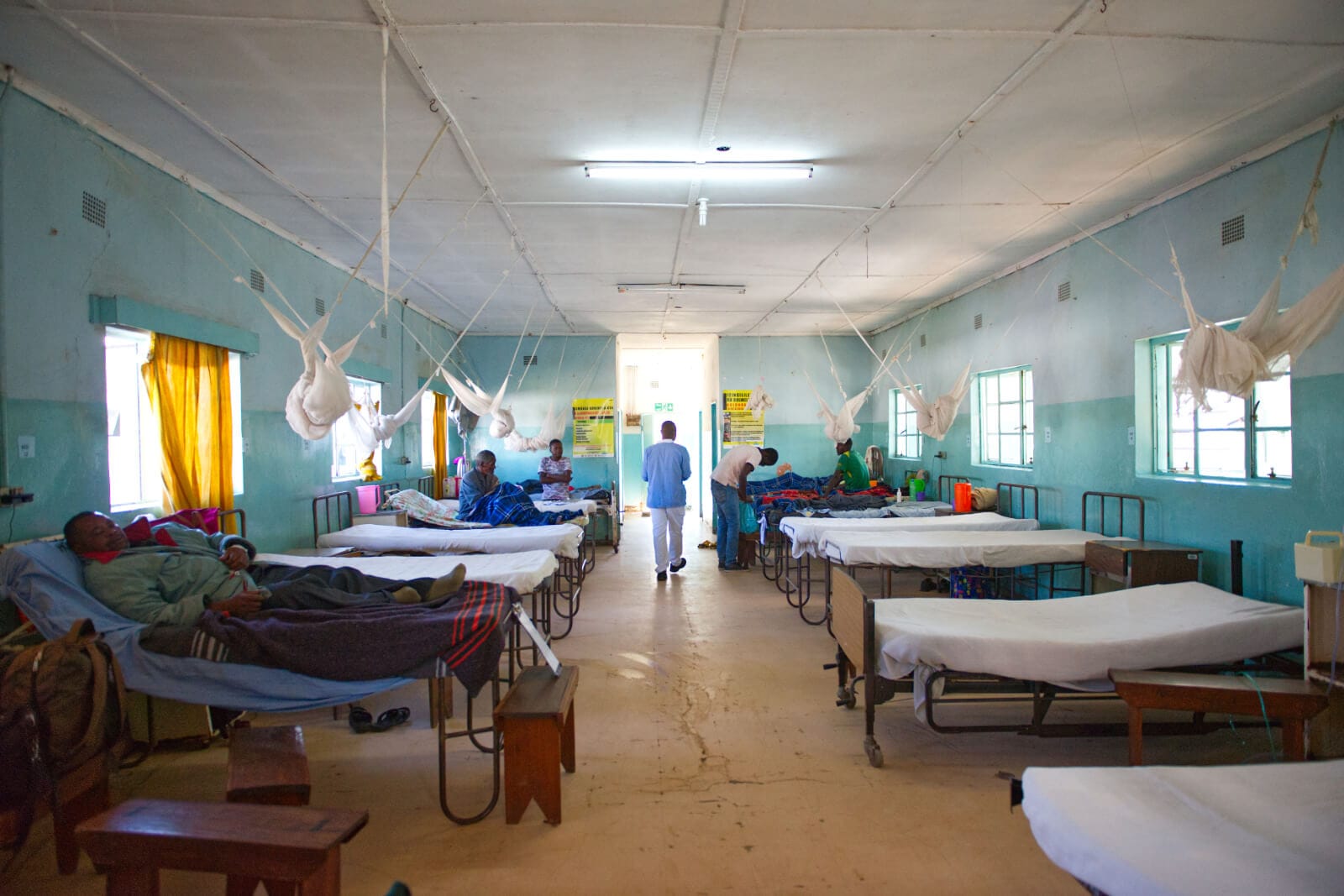
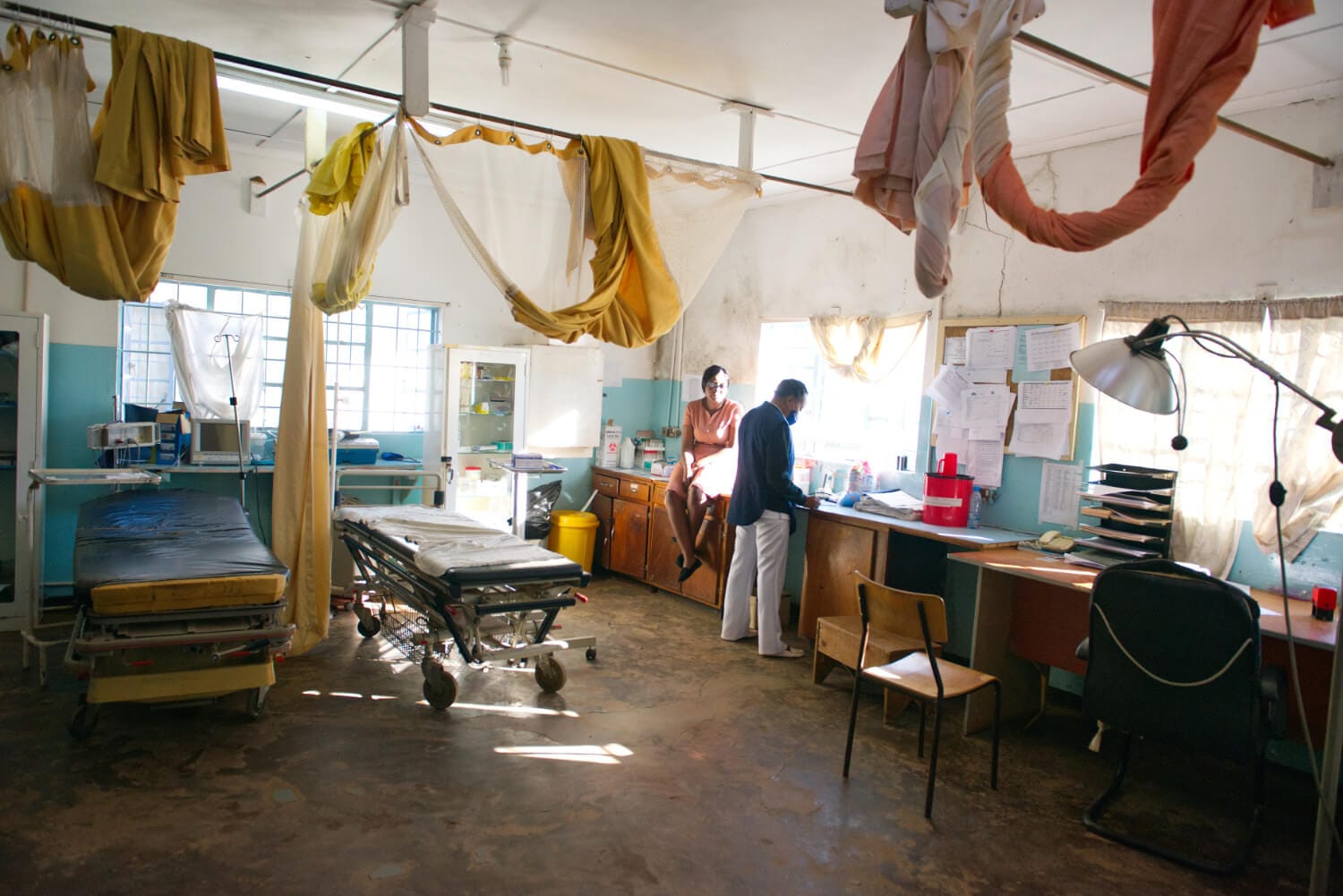
A Girl Named Clara
Dr. Sawyer tells a story that didn't happen at Mukinge Mission Hospital but it easily could have. A mother brings her fifteen year old daughter named Clara into the clinic. The daughter is obviously pregnant but there's a problem; the baby isn't coming out. Yet during the whole ordeal, Clara maintains that she has never been with a man. Upon examination, Dr. Sawyer finds that the girl is not carrying a baby but a ten pound benign ovarian tumor. Lacking any more qualified specialist to do the surgery he takes it upon himself to do it, asking the Lord to help his efforts. He asks the hospital staff to speak to her about Jesus the day before the surgery. The next day as he preps for surgery he's informed that she has accepted Jesus as her Savior. He smiles and says a prayer before he starts the surgery. It goes well and so in just a few short days the girl has been physically restored, societally restored, and spiritually restored. She left the hospital a brand new person! These are the miracles that happen in these remote hospitals. (I highly recommend watching Dr. Sawyer tell this story at the 2019 M3 Plenary Conference)
It takes the hand of God moving so many pieces together in a way only He can orchestrate to make stories like that happen. You have doctors, translators, surgeons, nurses, pilots, mechanics, cooks, and financial donors all doing their part each day. Each person in the chain has to show up each day or else stories like I mentioned can't happen. If the doctor isn't there, too bad. If the plane isn't flying, the doctor has to drive. If the doctor has to spend a week traveling, he can't see as many patients. If the car isn't working, he isn't going anywhere. If patients can't be treated, they are forced to find other remedies. No other remedies exist. The faithfulness of each link in the chain helps the next link be faithful as well. The life of each missionary is a string that God weaves into a beautiful tapestry which puts His mercy and love on grand display. These are the people who the world is not worthy to receive and yet they do their job tirelessly, thanklessly, unnoticed, and underpaid. I don't put myself in their ranks. I have yet to know what it means to live my life sacrificially but I do know that I found something worth spending my life on. I want to spend it like Jesus, bringing hope and healing to the sick and destitute and forgotten people in the far reaches of the world.
Going to Town
Every Sunday we would go explore as much as we could since it was our only day off each week. One Sunday I got the opportunity to drive a group of us into town and see what adventure we could find. The only problem that presented itself is that Zambians drive on the left side of the road. So not only was I trying to keep up with Zambian drivers who politely but stubbornly ignore road signs, I was driving on the wrong side of the road which resulted in some hilarious near death experiences.
When we were in town we stopped at an ATM to get some cash. This presented an interesting conundrum. The official currency of Zambia is the kwacha. One U.S. dollar, more or less, is equal to twenty two kwachas. This made my bank account look more attractive than ever before but I was a little uncertain on what number to enter into the "withdrawal" field. Do I put the amount of kwachas I need or the amount of U.S. dollars that I need? What if I enter the amount of kwachas that I need, but somewhere the lines get crossed and it takes out that amount in U.S. dollars? Why, it'd empty out the entire ATM! Not to mention I wasn't sure what to do if buckets of cash began streaming from the ATM like confetti. It would likely attract a crowd. I was a nervous wreck as I carefully entered the amount I needed in kwachas and hit the "Submit" button. Thankfully I got the right amount. I got back in the car and I told Janice about my conundrum. She rolled her eyes. "You are the only person who would ever worry about something like that."
Foreign Foods
Zambia is beautiful and the people there are super friendly but I have to say that their caterpillars taste terrible. Janice, being the generous woman that she is, brought a whole bag of dried caterpillars back to the hangar from the market one day. Bryan scooped one up and munched away at if for awhile like it was a stale Cheeto he found under the couch. "A little dry," he said. I carefully picked one out of the bag and laid it on the table in front of me. I knew I had to eat it but I just couldn't quite lift it off of the table. It probably weighed two hundred pounds! Every time I got it close to my mouth my muscles turn to jelly and my hand dropped back to the table. Finally I used both hands and stuffed that little thing in my mouth. My plan was to just chew fast and swallow it quickly but as I chewed on the dried caterpillar, it began to form a pasty goo that kept arm wrestling my uvula, initiating my gag reflex over and over. I did manage to eventually shove it past my uvula using pure willpower. I'm not a fan of caterpillars. It had the consistency of dry Ramen noodles pounded into a powder and slightly moistened with spit. It tasted like stinkbugs smell. I was told it was a delicacy by the locals, although Lamech, a Zambian who helped in the hangar, did say that they were better with a little salt. Silly me! I should've used some salt. Anyway, I guess it's too late now to try another one.
Exploding Locusts
As bad as the caterpillars were, the stories we heard about life on the field were good. Plenty of yarns were spun as we sat around supper tables talking to missionaries who served for many years. I don't remember them all and probably shouldn't air dirty laundry on here anyway but one story that really made me laugh was the one about exploding locusts. The missionary telling the story was a student at a boarding school in a foreign country. A horde of locusts swept through the country and his school had locusts crawling through the dorms in the cafeteria, and everywhere else. The missionary, being curious about the world around him, came up with a clever science experiment involving locusts and the 220 volt electrical outlets. The outlets in that area are designed so that little spring loaded covers flip over the outlet holes when the outlet isn't in use. The locusts' legs were carefully inserted into the outlet and the spring loaded covers would then trap the legs in place so the student could let go of the insect, run over, and flip the switch for the outlet on. This would result in a brilliant pop, and insect confetti would fly everywhere. Of course, in order to be scientific you need to have repeatable results and so the experiment was repeated multiple times with the same consistent, spectacular success. There were other stories about crocodile hunting. If you do shoot a crocodile from a canoe, you need to be close. Of course, since you're so close you really need to hit it right or it might attack your canoe. There's also the story of the guy who got chased by killer bees. Scorpions. Bats. Snakes. Restless natives. Yes, the conversations never get old. Some of the stories were humorous, some were unbelievable, some were frightening, still others ripe with tragedy. It made me think twice about the calling we're pursuing. I'm still convinced we're on the right track, but a little somber as we've become more aware of what it may cost us. I wish I could write a whole book about the people I met.
Going on Safari
Finally, the weekend before we left, I got my chance to scratch the safari itch. A friend of Flying Mission owns a rose farm. Now this isn't a few raised beds where he pokes around with a shovel and researches rose fertilizers on the weekends. This is a compound that spans hundreds, maybe thousands, of acres and where rows and rows of greenhouses disappear into the horizon. Janice immediately wished she worked there. The farm ships out a container of freshly cut roses to Europe once a week. It's a big business. Originally this farmer was from Zimbabwe but the government in Zimbabwe, for whatever political reasoning, forced almost all the white farmers from the country. In some cases, armed forces showed up to the farm and gave the family half an hour to get out. This was part of a longer story involving racial tensions and I don't know a lot about the situation. However you look at it, chasing out the people who know how to run farms is generally detrimental to running the farms. Sure enough, the economy of Zimbabwe, which was at one time considered the breadbasket of Africa, tanked as the experienced farmers took their experience and fled to neighboring countries like Zambia where they restarted their operations. Such was the story of the rose farmer. He became successful in Zambia and started his own game reserve. He has his own runway and airplanes and that's how he crossed paths with Flying Mission; aircraft operations. He extended a personal invitation to the staff of Flying Mission to come visit his own private game reserve anytime they wished. And so we did just that. It was so neat to see giraffes and ostriches and zebras just roaming around in their natural habitat. I was glad that I got the chance to wander around a little slice of unspoiled wilderness and see some of the animals that Africa is so famous for.
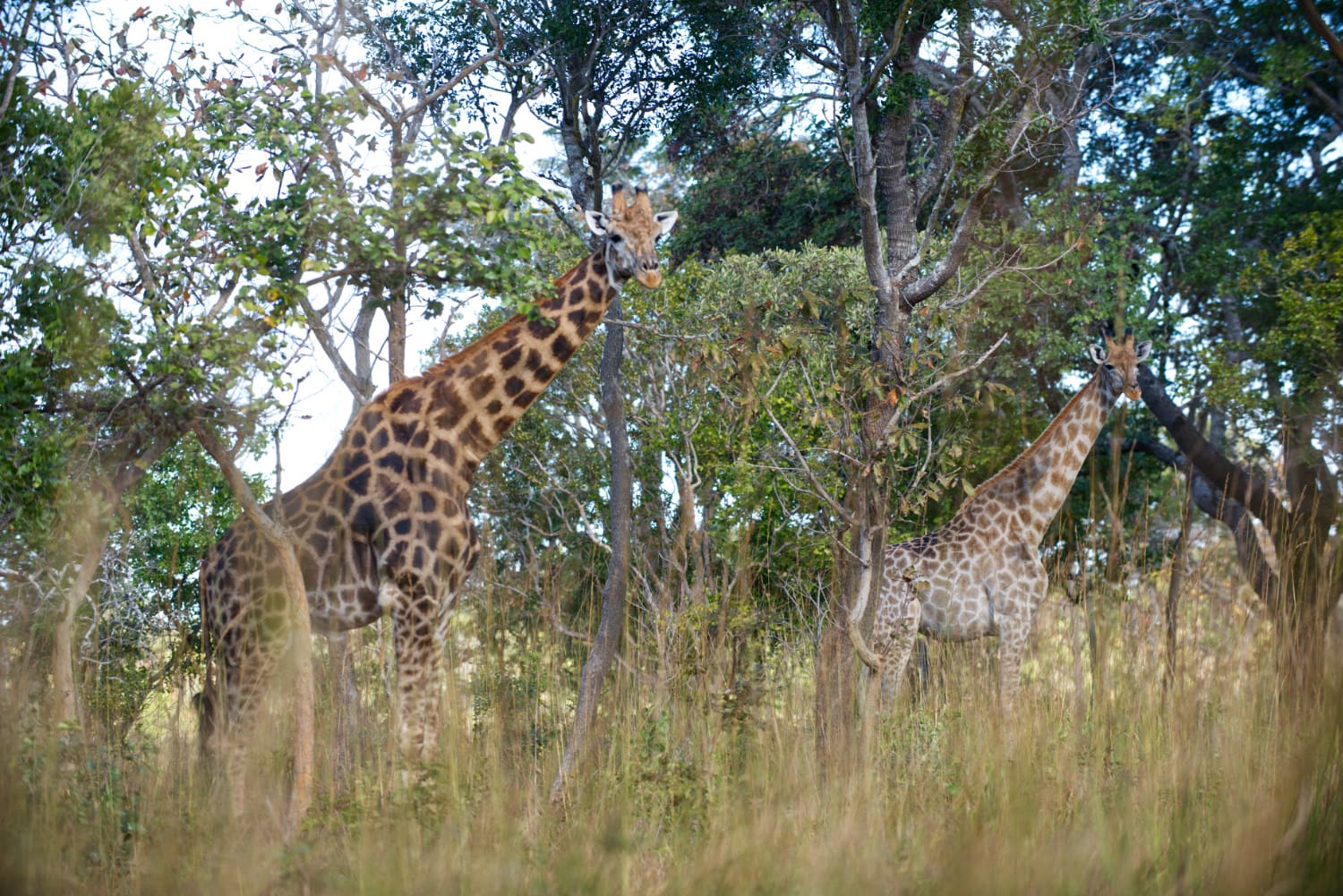
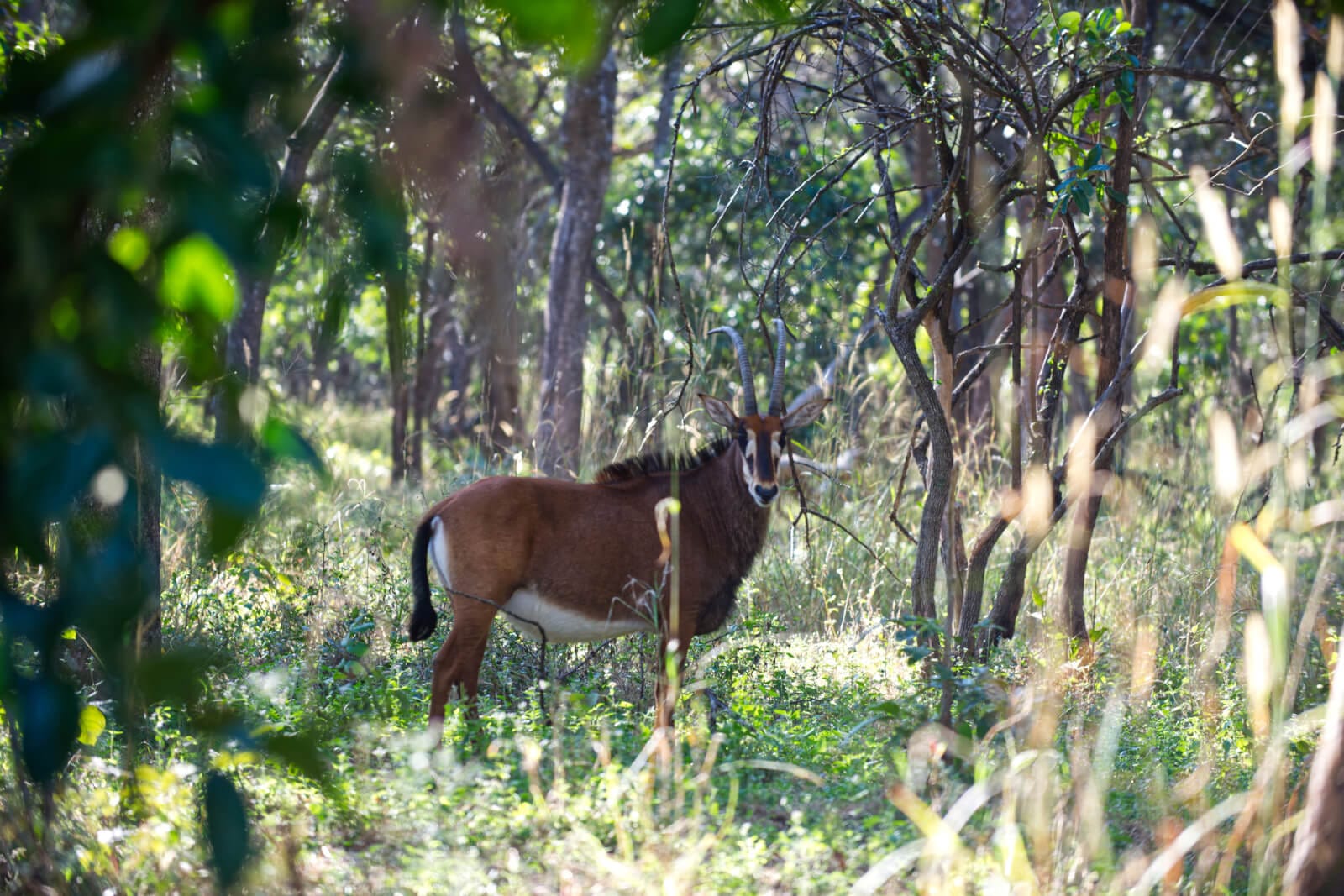
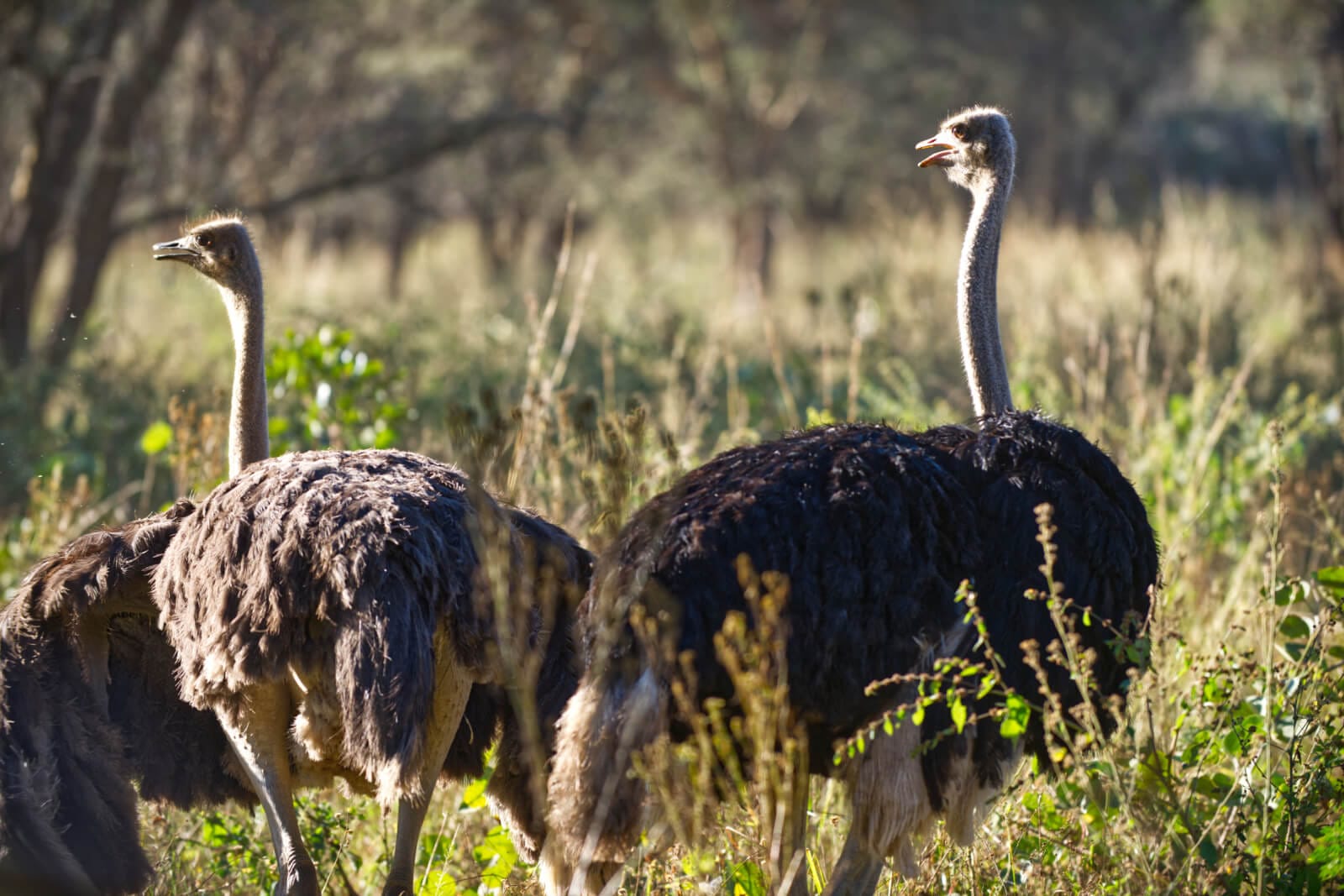
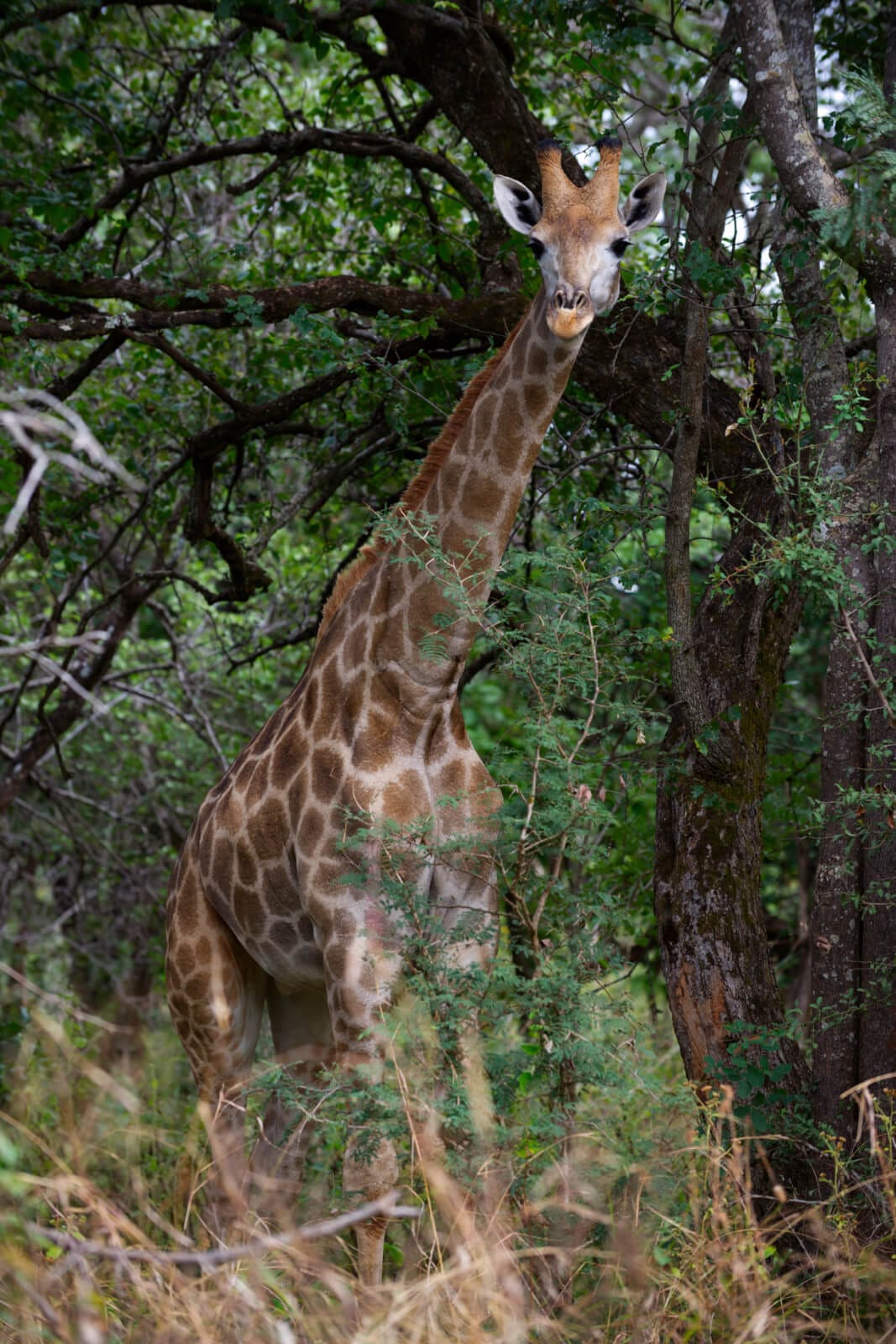
Conclusions
A lot of people have asked us if this has changed our direction as far as where we'll be going after we're done at MMS Aviation. I have to say a hesitant "no" but it's not a bad thing to know and love fellow mission organizations. You never know what God has for your future. We really appreciated Flying Mission Zambia and already miss everyone there. We have nothing bad to say about the ministry (and if we did we wouldn't just unload it on the internet). The hangar was neat and organized. The team there has done a remarkable job managing operations with limited manpower. There is an obvious emphasis on safety and doing things right. I would not hesitate to apply at Flying Mission if I thought God was calling us that direction. It would be an easy yes if God said, "Go."
I do have to say that the trip to Mukinge Mission Hospital has helped form a love for medical missions in my heart. To see the differences in a community when physical and spiritual hope is turned on like a beacon in the darkness has captured my heart. I suspect medical missions is in our future but our answer is already "Yes" to wherever God calls us. We'll both find out where that is once it happens.
Thanks for everyone out there who follows our family and prays for us regularly. We couldn't be faithful to our calling without the faithfulness of others to theirs. Thank you.
From our little home in Ohio,
Josh

